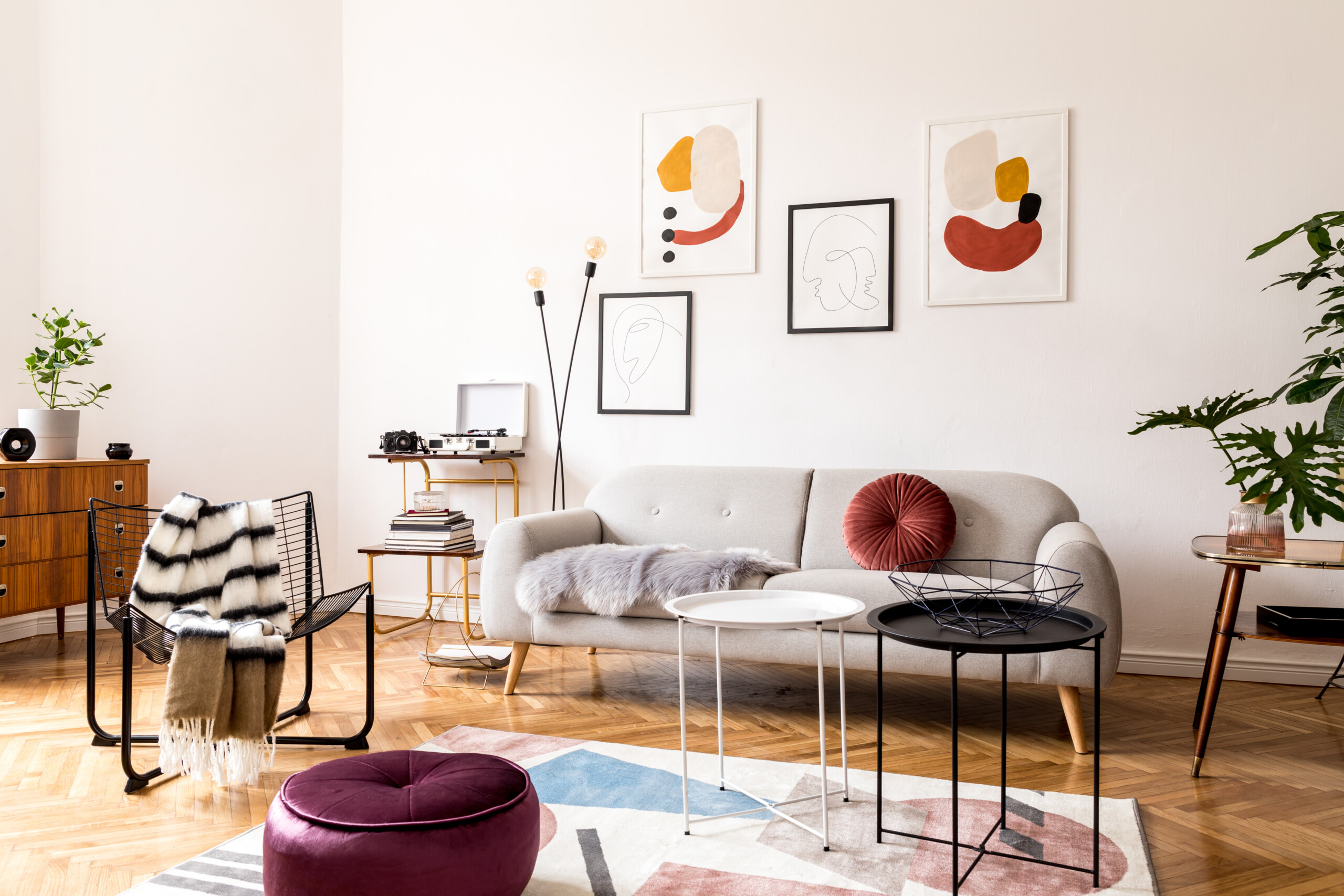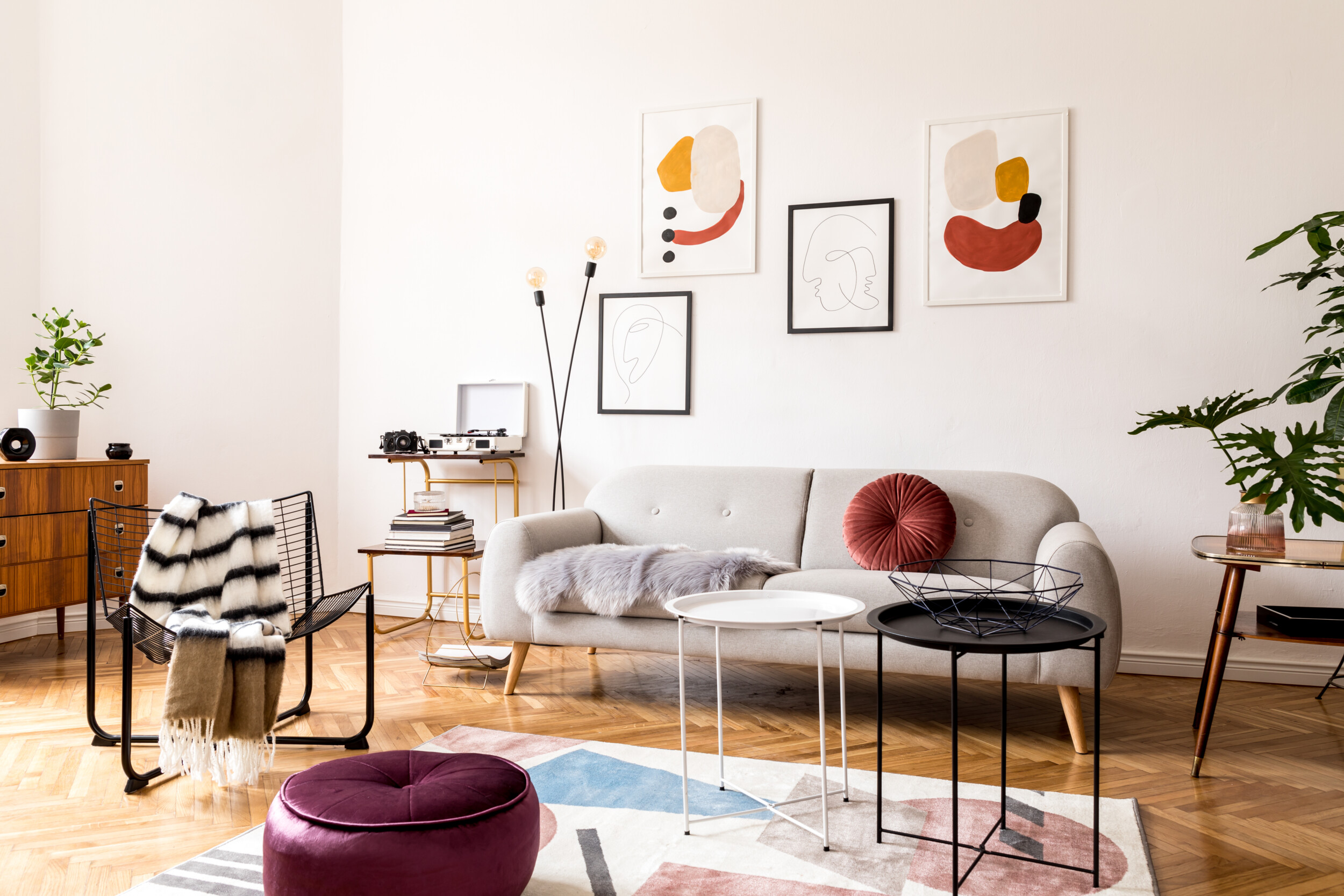
Designing your space can be incredibly exciting, but also intimidating, daunting, and challengingly complex. It’s easy to feel overwhelmed and discouraged when the vision in your head doesn’t seem to be materializing. That’s why it’s important to have a clear idea of what you want and a plan of action for making your vision a reality. You should also know what you want to spend on the entire project from start to end while keeping in mind that decorating your home on a budget is possible – all it takes is a little creativity and resourcefulness. Inexpensive home decor doesn’t mean low quality, it just means that you need to get creative to find affordable decorating ideas that work for your space and your budget.
But maybe you’ve got a healthy budget and don’t need advice on affordable interior design though you are a novice when it comes to home decor and interior design. So how do you make what you’ve got work while peppering everything with new home decor finds to refresh the space? Ask any interior designer for advice on interior decoration for beginners and they’ll be sure to tell you that there’s practical routes to be had, and that no home can feel complete overnight. As just like with everything in life, functional interior design takes time to get right, so don’t rush the process as interior decoration is not just about aesthetics entirely. In fact, interior design can make your everyday life all the better as it can affect your mood and spark productivity and pride in the meantime. And since you’re a novice when it comes to interior design, we put ourselves in the perspective of interior decorators to come up with this handy interior design guide that just about anyone can master with confidence and ease.
FIGURE OUT WHAT YOU WANT
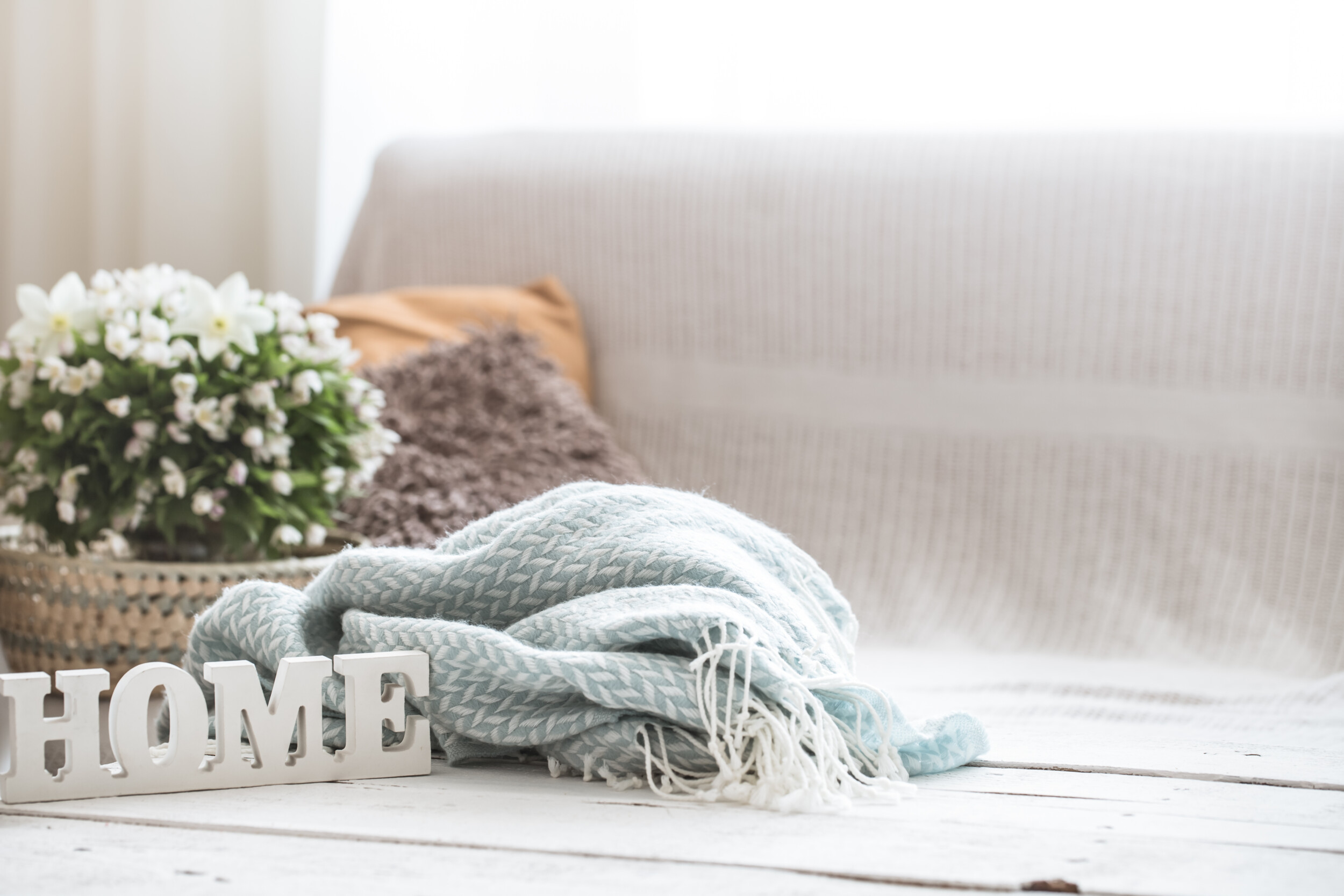
- Whether you’re looking to bring in the best interior design in your space or need inspiration for an upcoming renovation or simply need smart storage ideas, it pays to hone in on what you want and need before you figure out how to design anything. Because at the end of it all, something as serious as a home remodel or a complete overhaul can cost a small fortune. And frankly you’ll find joy in teaching yourself how to decorate so you can make the best of the space you have. So before you get started on your interior design journey, ask yourself these essential questions to devise the best plan for how to decorate every room in your home, from living room design to the elements that will tie everything together:
- Where am I hoping to make changes? Identify the spaces you want to address throughout your space, and list them in order from the highest priority to the lowest priority to help you generate a game plan.
Living room design
One of a home’s most commonly used and seen rooms, creating a warm, inviting, and unforgettable living room design should be considered an essential. Even if you’ve got a sense that your living room design feels complete, it’s always a great idea to refresh the space with different placements and new additions in even the smallest of doses.
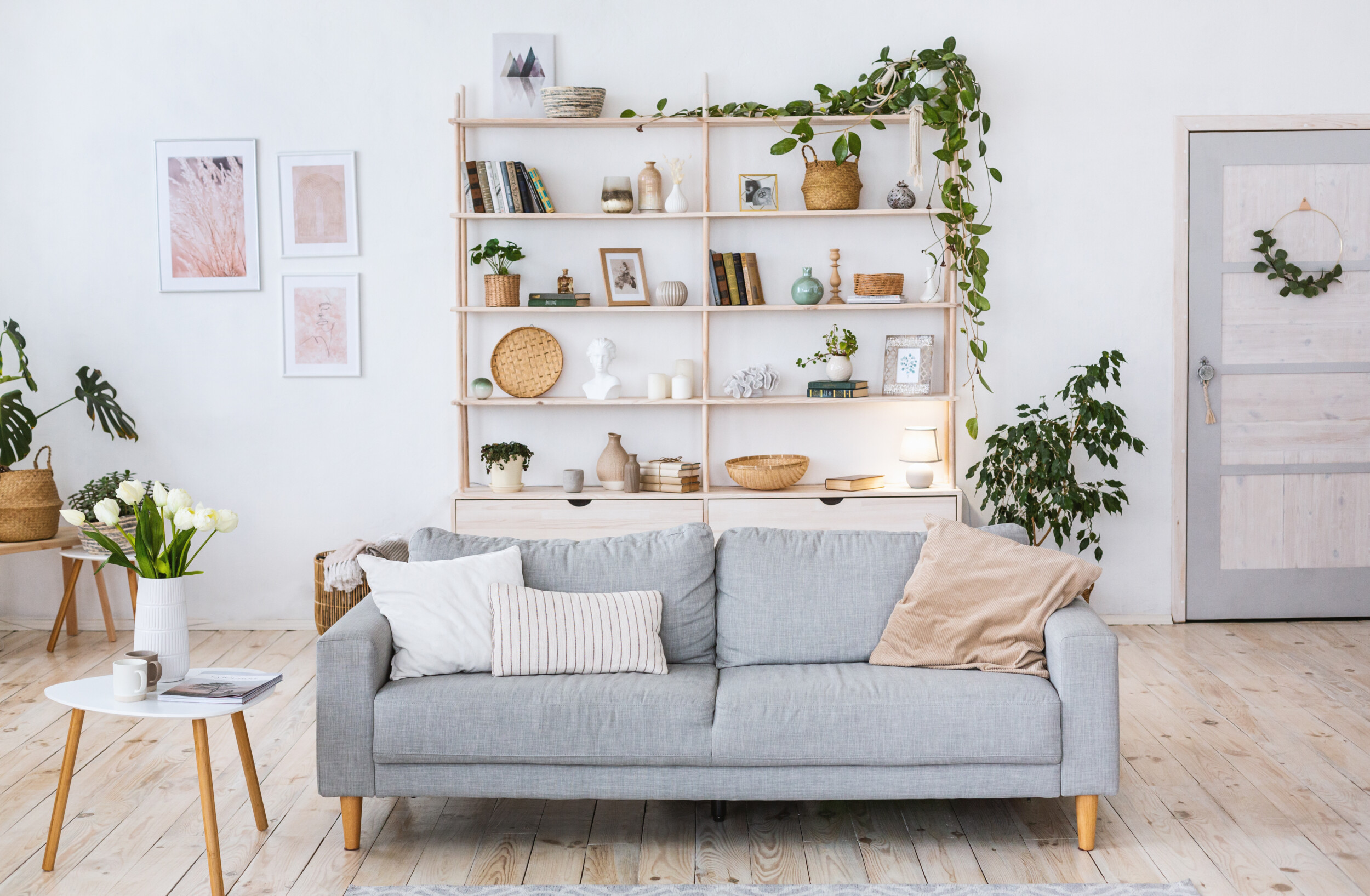
Bedroom design
Getting bedroom design right is also another essential element in a home since it’s a personal space that you turn to rest and recharge after a long day.
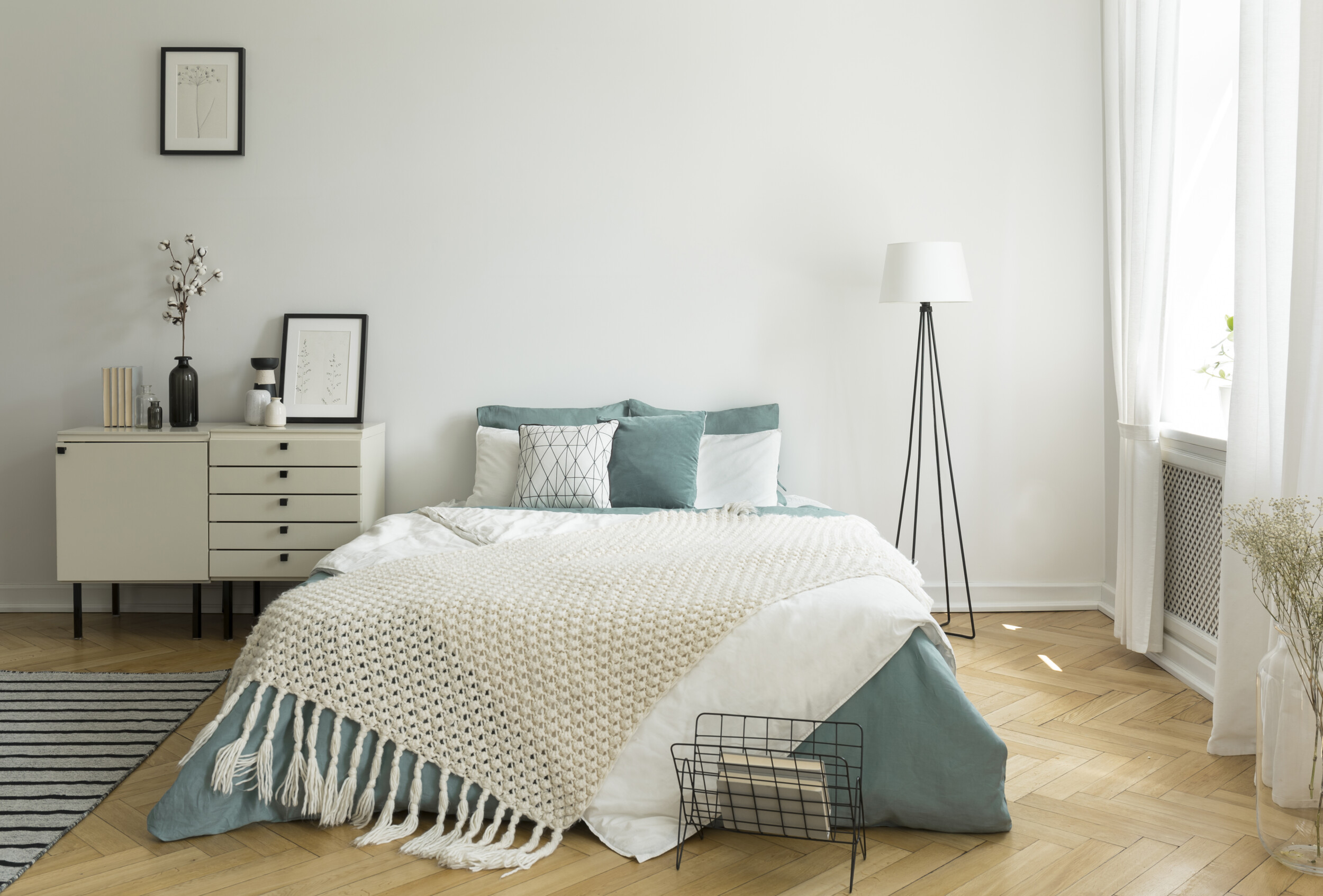
Bathroom design
Another personal zone that’s often overlooked, pay attention to functionality and the little details that can make bathroom design all the more visually interesting and unique.
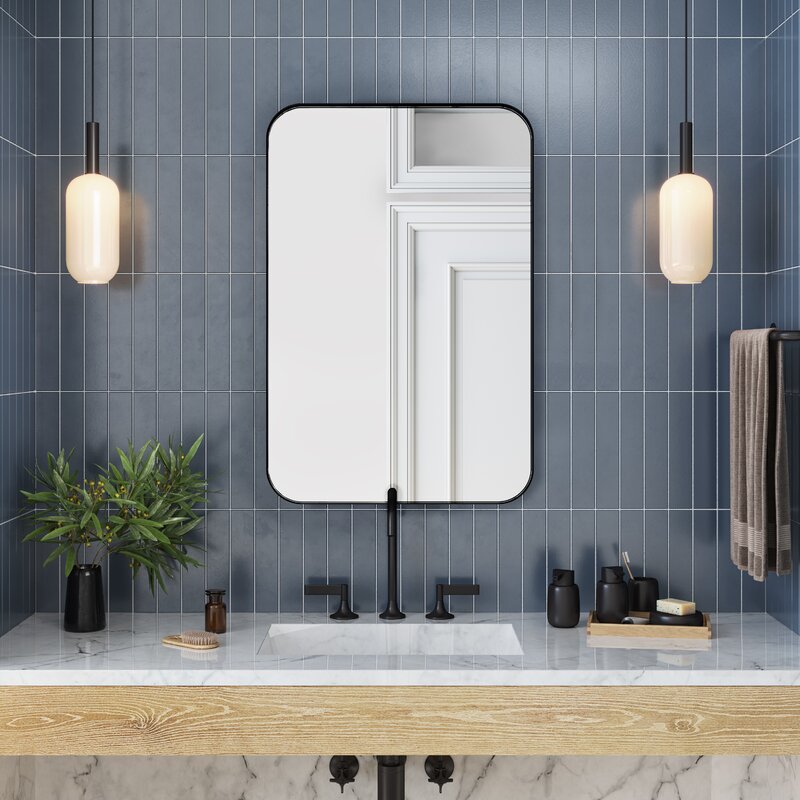
Kitchen design
Whether you’re building a new kitchen from scratch or remodeling and updating your current one, getting kitchen design right can be expensive and time-consuming – making it one of the most important spaces in a home to pay the most attention to as it’ll be one of the most critical to corner.
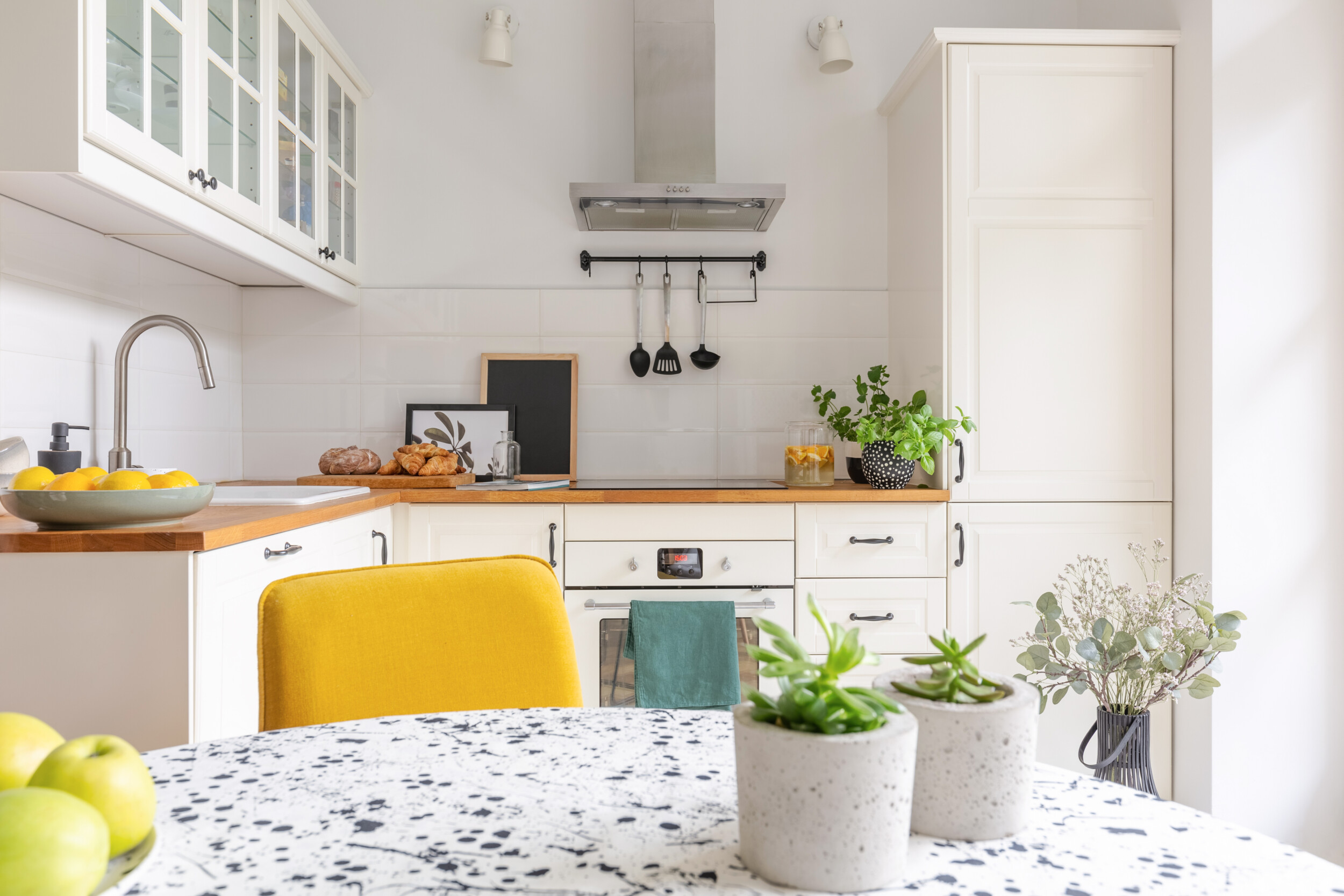
What am I trying to accomplish?
Before you begin charting course to create your own dream design, ask yourself what matters to you most within your budget and reach as luxury interior design can be a considerable investment and it can also be time-consuming. So as you consider the best interior routes for your space, think about what’s been missing all along and what should be eliminated for good. This will, in turn, help you create the best decoration practices for your space that are practical and visually pleasing to boot. To make the interior design process easier for you, do create a design vision for your space through sketches and inspirational images.
Why do I want to design (or redesign) this space?
It’s important to understand your motivation for starting a new interior design project or update in any space. Think about your interior design needs and scan all the space you have to work with to identify what is not working so you can better understand why your space needs a design change to begin with. Think about the essential design requirements you’d like to see and what would make your space feel more like a sophisticated interior than it already is.
How involved do you want to be?
Like we said before – no space can feel and look complete overnight as the interior design process takes time to get right. And the interior design process can be trying as there’s a lot more problem solving to it than most people realize. So it’s up to you to decide whether you’re more of a DIY interior design enthusiast or if you would prefer a surprise reveal, in which case you should hire interior designer to do all of the work for you behind-the-scenes. After all, it’s not entirely impossible to find local affordable interior designers near you. The thing about working with professional interior designers is that they know what they’re doing and can help you avoid potentially costly and time-consuming mistakes.
Who do you need to help you execute your interior design project?
Think about the scope of your project and what exactly each task will entail to complete successfully. If you need to hire an interior designer or other professionals and experts, like general contractors or electricians, do your research before consulting with them. Either by word of mouth, through a suggestion by an interior designer or by online reviews, explore the history of local general contractors so you can feel confident that they will successfully complete the job at hand on time, and within budget. Always hire people who make you feel comfortable and share your vision. And if you’ll be working with interior design firms throughout the course of your project, keep in mind that many of them already know and work with the best local contractors near you, so do ask about their backgrounds and if they have a portfolio with projects for you to peruse.
When do you hope to start and complete your project?
Create an ideal schedule for your interior design project to keep you organized and on track, and be prepared to adapt as needed. And do remain flexible in your approach as you never know how long something could take when issues arise that are out of your control. And if you’re decorating on your own, remember that bringing a home to life won’t happen in one fell swoop, in fact, it could take a while to get right, so think of it as a slow process to ensure a well-judged feel.
FIND YOUR STYLE
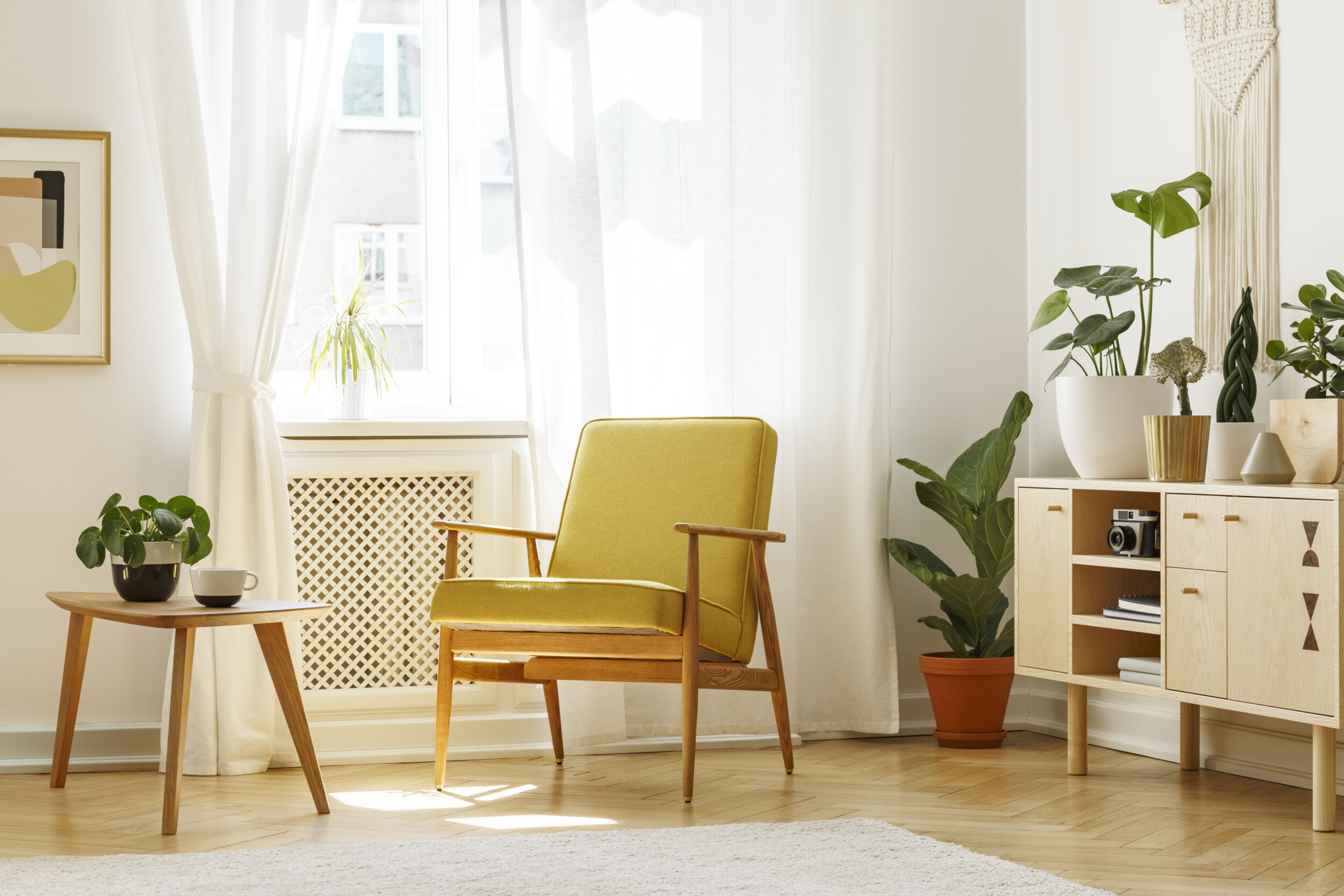
If you’re a novice decorator and don’t know the difference between traditional design and contemporary design, you should explore the distinct differences between all interior decorating styles and what makes them unique. Once you’ve determined your goals, involvement, and possible team needed for your project, then is the time to choose a decorating style to help define the interior design process for you. If you don’t already have a strong sense of what you want, start exploring design blogs, Pinterest, and magazines to figure out what you gravitate towards. Create home inspiration boards on Pinterest and start pinning anything and everything you like or don’t like (If you decide to hire an interior decorator, it might be helpful to create a board for them of looks that you also want to avoid). After you’ve been pinning for a while, you’ll probably start to notice some patterns and similarities, which means that your personal style preferences are emerging to lead you in the right direction. Here’s a quick breakdown of each interior design style to consider for your space long with what makes them viable, and what you’ll need to complete the look:
Traditional design
Traditional interior design is one of the most universally appealing and classic of all of the interior design styles to consider. In fact, it’s a foolproof route to go if you’re looking to invest in timeless pieces that will endure in style for years to come. As when it comes to popular interior design styles, you’ll find that most of the other design styles to consider have their roots in traditional interior design ideas since the style is straightforward and easy on the eye. That said, traditional interior design doesn’t mean that you’ll be limited to the expected as you’ll still be able to add witty and visually interesting elements throughout a traditionally styled home that will let you make an intriguing and unforgettable statement. To make traditional interior design feel unique to your home, bring in unexpected conversation-starters like a striking modern pendant lamp that will have everyone talking. And when it comes to furnishings, bring in the usual suspects. By this, we mean a neutral oversized sofa whether that be a dark navy, gray, white or khaki, handsome dark wood tables and surfaces, higs-shine brass details, and traditional Persian rugs. To save from an overtly preppy yet refined look, pepper your traditionally designed spaces with riotous artworks, prints, and sculptural elements in even the smallest of doses.
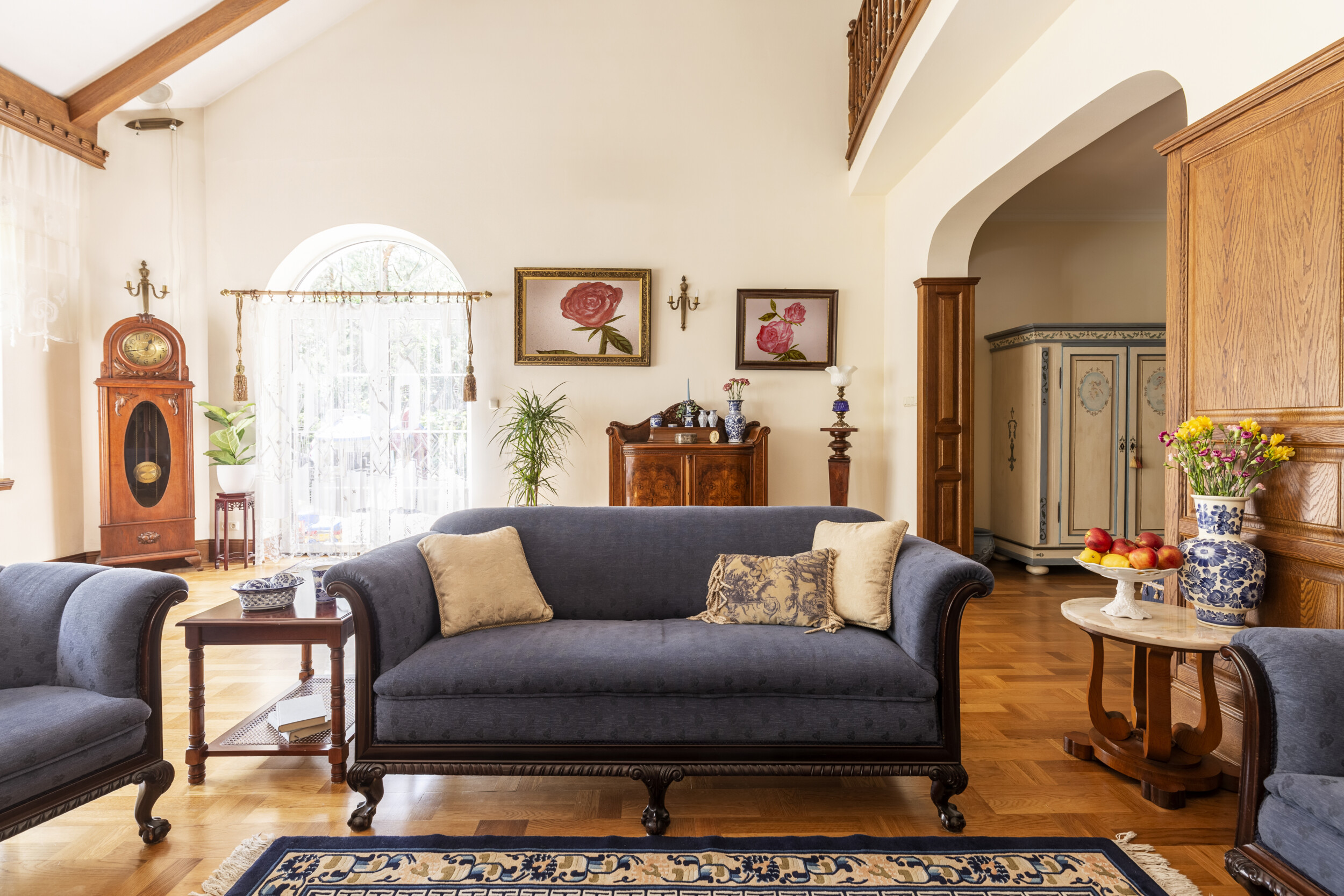
Contemporary design
People often confuse contemporary interior design with modern interior design even though the two are entirely unique to themselves. Contemporary interior design is basically current furniture that doesn’t evoke or take its cues from past design style movements. While modern interior design style calls for forward-thinking silhouettes and colors that can hail from anywhere between can almost mean anything the ‘50s to modern furnishings you can buy at a local furniture dealer today. Contemporary interior design style trends also allow you to have more freedom as modern interior design usually features square, graphic lines and a particular take on design periods of the past. Think clean and minimal and straightforward with just the right amount of personality and visual play.
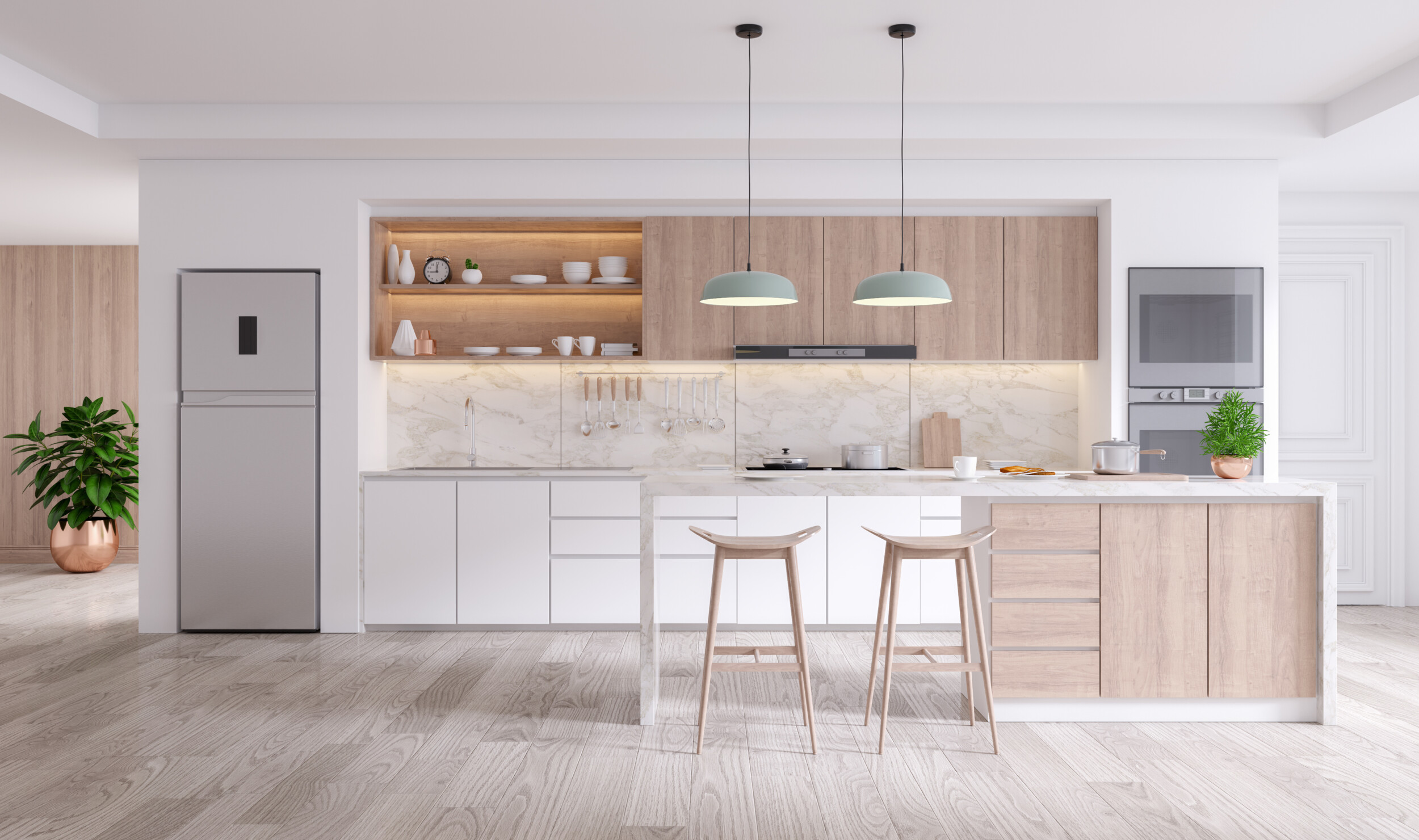
Mid Century Modern design
One of the most popular and most prolific interior design styles over the last 75+ years, mid-century modern interior design takes its cues from the best of the ‘50s and ‘60s while boasting a clean and timeless retro-inspired Danish feel. Think clean, straight forward silhouettes, organic shapes, subtle fabrications, and an importance on the functionality of every element. These are essentially the hallmarks and calling cards of mid-century modern interior design. When it comes to mid-century modern interior design, the design styles minimal spirit makes it a go-to route when looking to update traditional style interior design with a certain sense of charm and intriguing nostalgia. And mid-century modern furniture looks terrific in almost any space and lends a space timeless and tried and true elements when looking to create a stunningly decadent and diverse interior design style for every room in your home – from your entryway to your formal living room to even your outdoor spaces. And if you’re on the hunt for on-trend interior design styles that will endure over time and remain popular to boot, nothing beats the allure of mid-century modern interior design for a classic feel that’s still subtly cool..
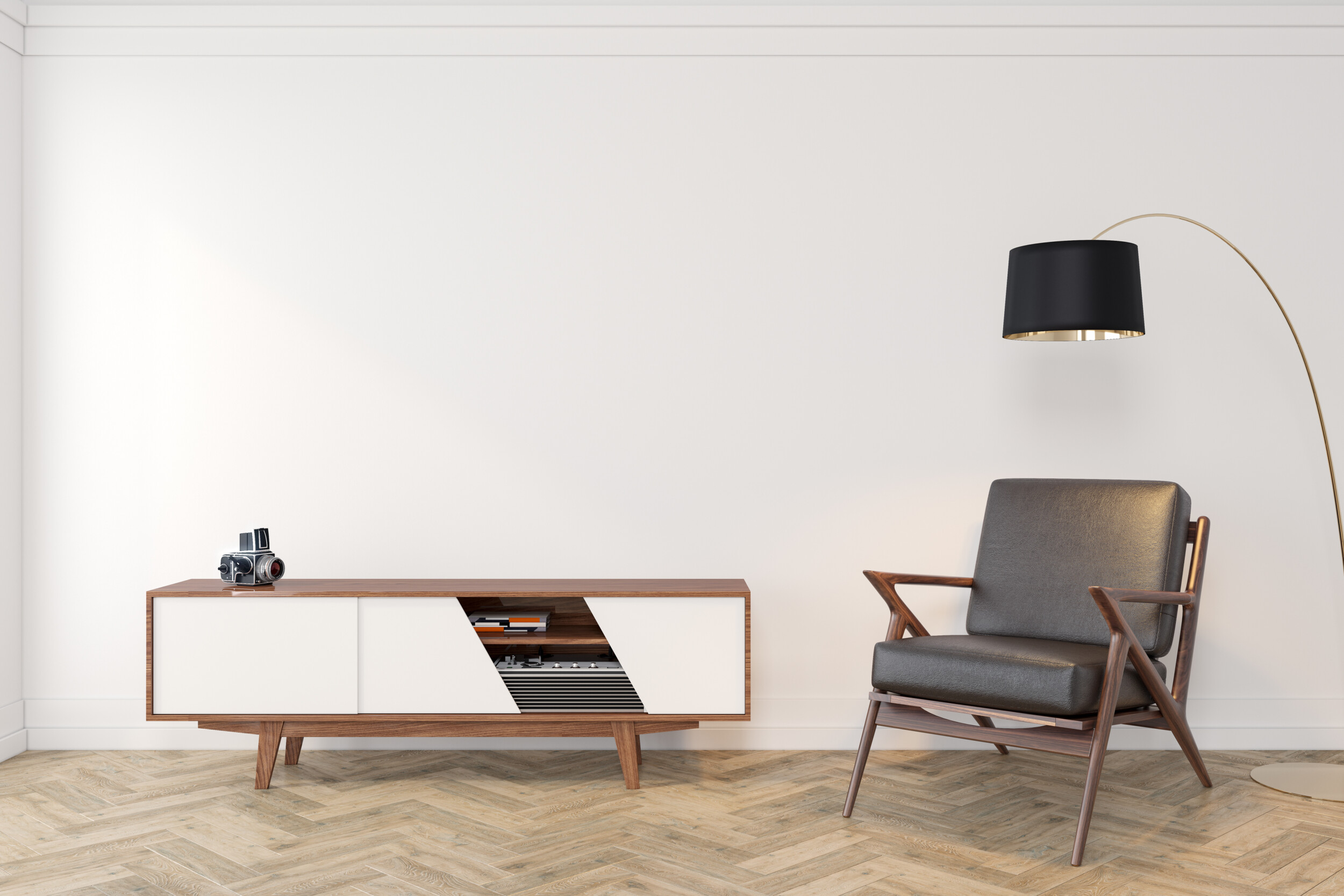
Modern Farm House Decor
If you’re looking to lend spaces in your home warmth, practicality, comfort, and inviting interior design with a relaxed yet pulled together spirit, modern farmhouse decor is a timeless and universally appealing route to consider for your home. Warm and comforting, modern farmhouse interior design is inspired by a provincial feel for the ultimate in everyday luxury that boasts a heady mix of high & low contrasts that will be sure to work especially well for a growing family since many of its elements already boast a timeworn, distressed feel. Think rustic country elements elevated for the today via a rich mix with hints of the industrial, minimal, and the Scandinavian to help you create unique spaces while taking full advantage of each architectural element in a space – flawed or not.
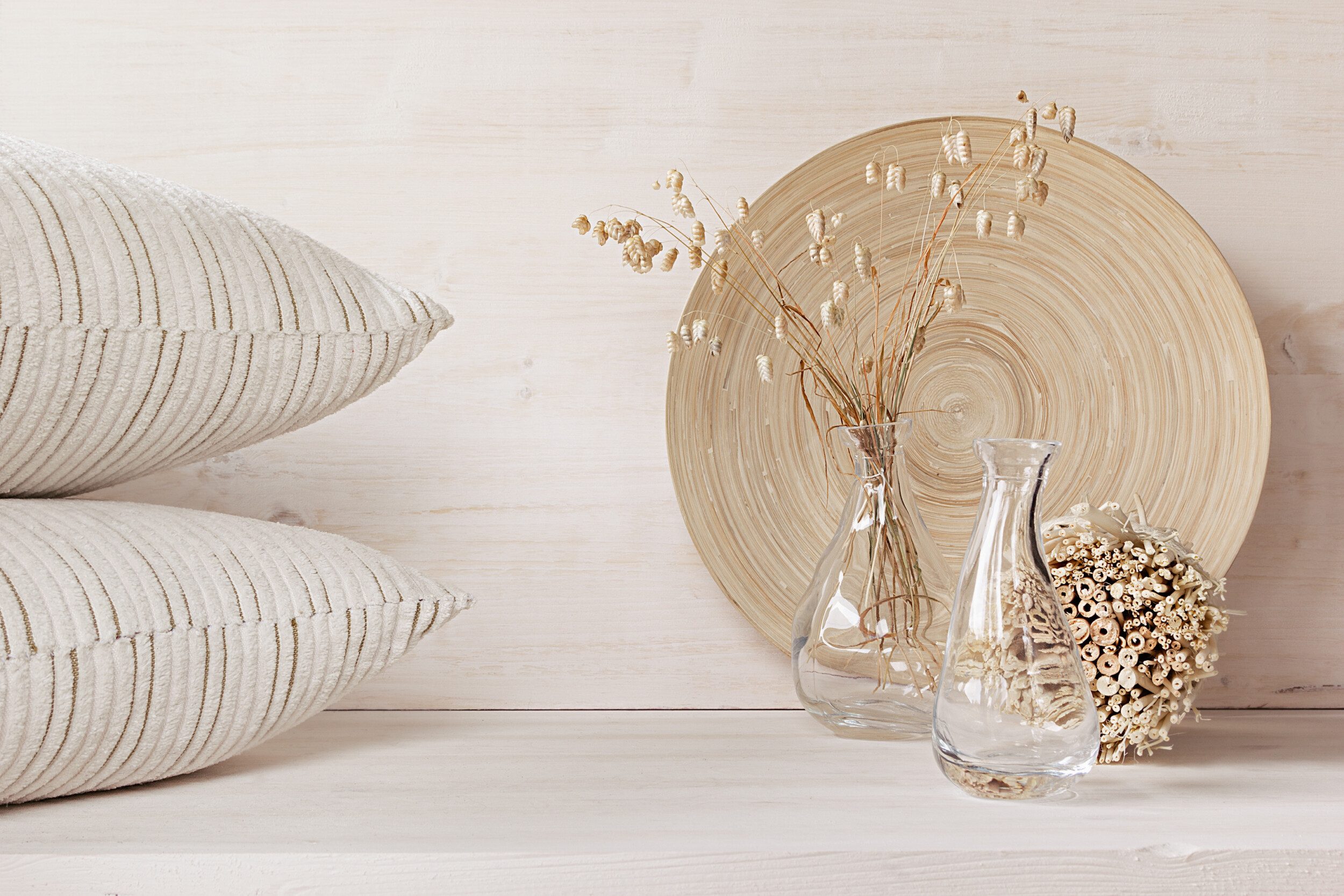
Bohemian style interior design
Playful and full of spirit and personality, bohemian interior design has been one of the most timeless and endlessly popular interior design styles of them all for decades on end, thanks to the decorative freedom it allows for. Bohemian interior design calls for a fuss-free sense of wanderlust freedom that’s unarguably distinct and unforgettable. The interior design style features a multi-ethnic inspired casual mix of unique finds and vintage and antique elements brought in via far-flung flea-market travels and the eclectic design style also brings with it hints of delightful everyday glamour with crystal embellishments, beaded textiles, jewel tones, and an overall casual spirit. If you’re already lucky enough to be working with a variety of unique furnishings and are into the idea of glorious juxtapositions that are rich and heady, bohemian interior design might just be the right direction to consider for every room in your home. To get the look thing velvet fabrications, metallic details, and pieces with an aged feel.
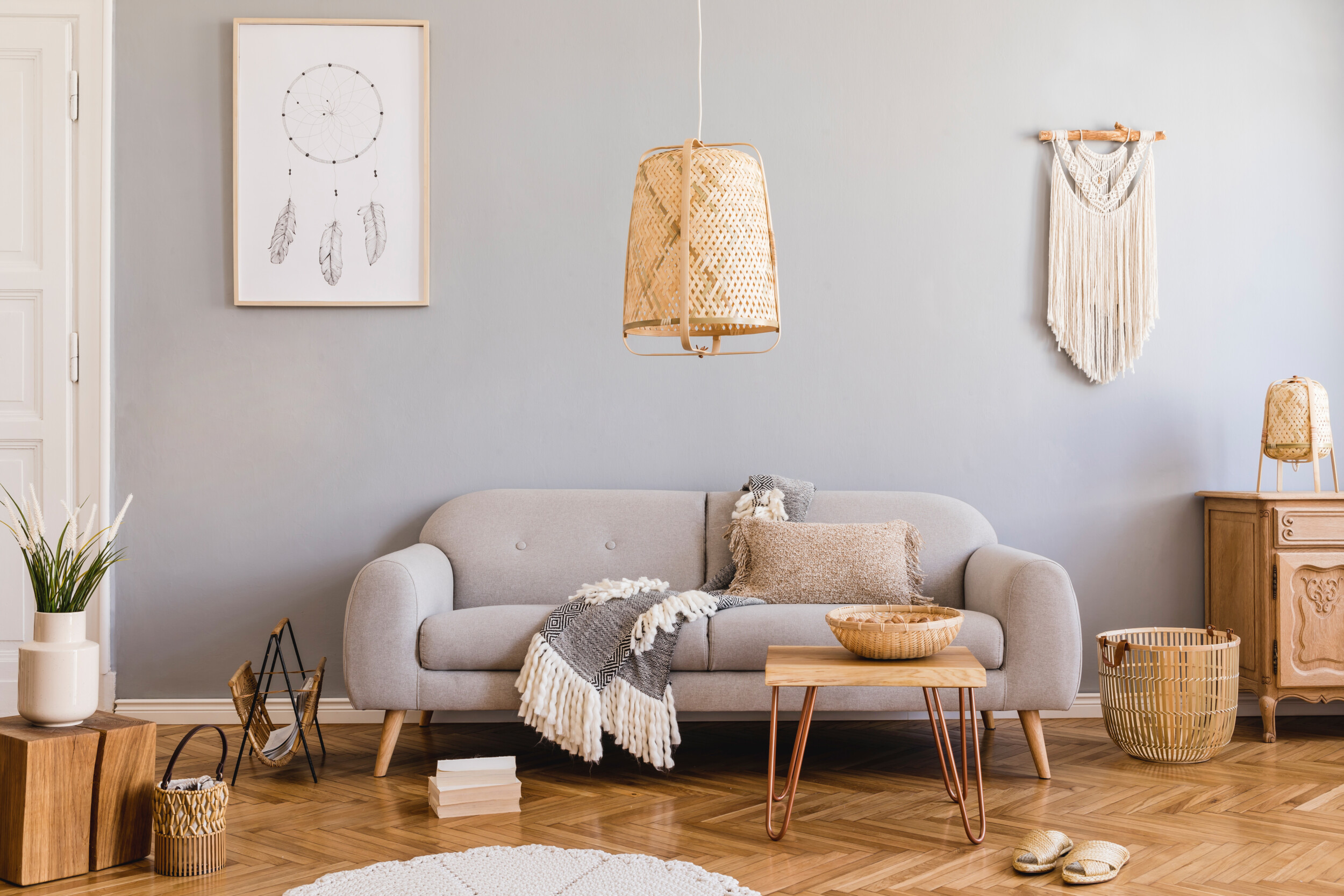
Art Deco interior design
If you love all things decadent and jewel-like, Art Deco interior design, inspired by the spirit of the 1920’s, this style throwback design style may just be your calling card. Think the Great Gatsby and the roaring ‘20s as Art Deco interior design easily conveys all things opulent. Think elegant, glamorous and sleek, and above all, handsomely symmetrical for the perfect balance as the interior design style instantly evokes the forever-chic spirit of the 1920’s.
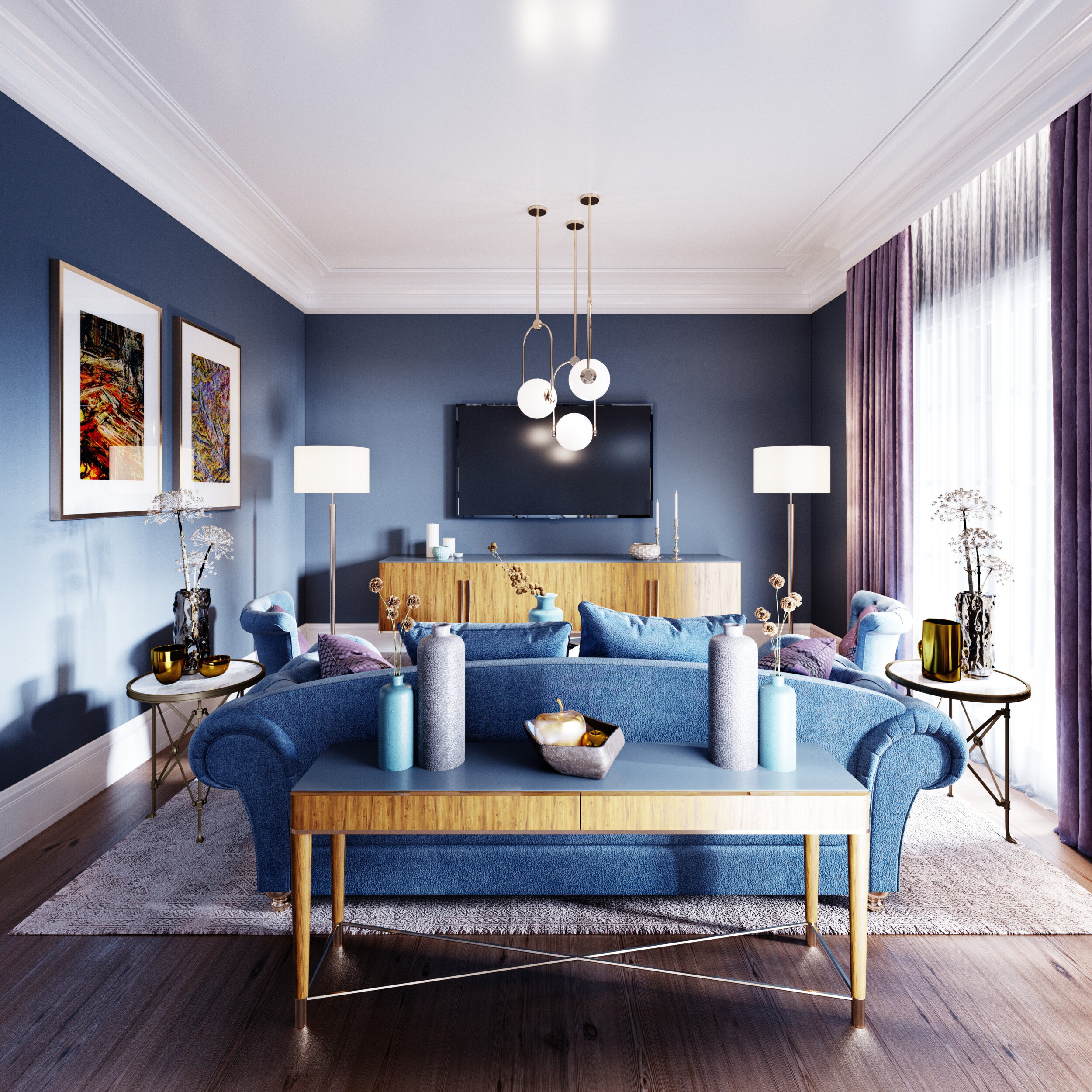
Hollywood Regency interior design
An endlessly popular interior design style that rose to prominence during the ‘40s through the ‘60s that’s been back on-trend since the mid ‘90s, Hollywood Regency interior design is one of the most timeless design styles out there that’s full of personality to boot. Hollywood Regency interior design gracefully combines Art-Deco inspired elements and silhouettes with a grown-up sense of high-polished cool that’s relaxed enough to help you create a comforting feel in your home. Think a mix of period French furnishings, clean lines, vibrant hits of color, and ultra-glam notes brought in via crystal, mirror, and high-shine surfaces and finishes. Though it can be considered a go-to for traditional style interior design, there’s nothing old-world in spirit about Hollywood Regency interior design styles as to us, it always boasts a modern, upbeat energy.
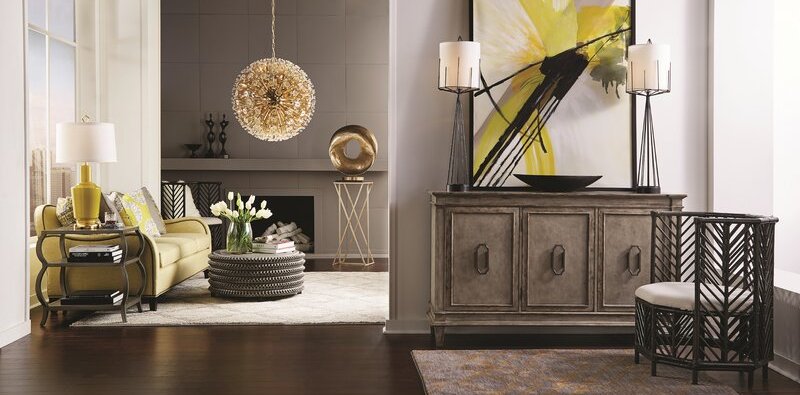
Asian Zen interior design
Create a rich take on luxuriously minimal interior design in any space by sourcing inspiration from the Asian Zen interior design style of decorating with a layered look that feels unique via a mix of intriguing add-ons inspired by the exotic feel of the far east.
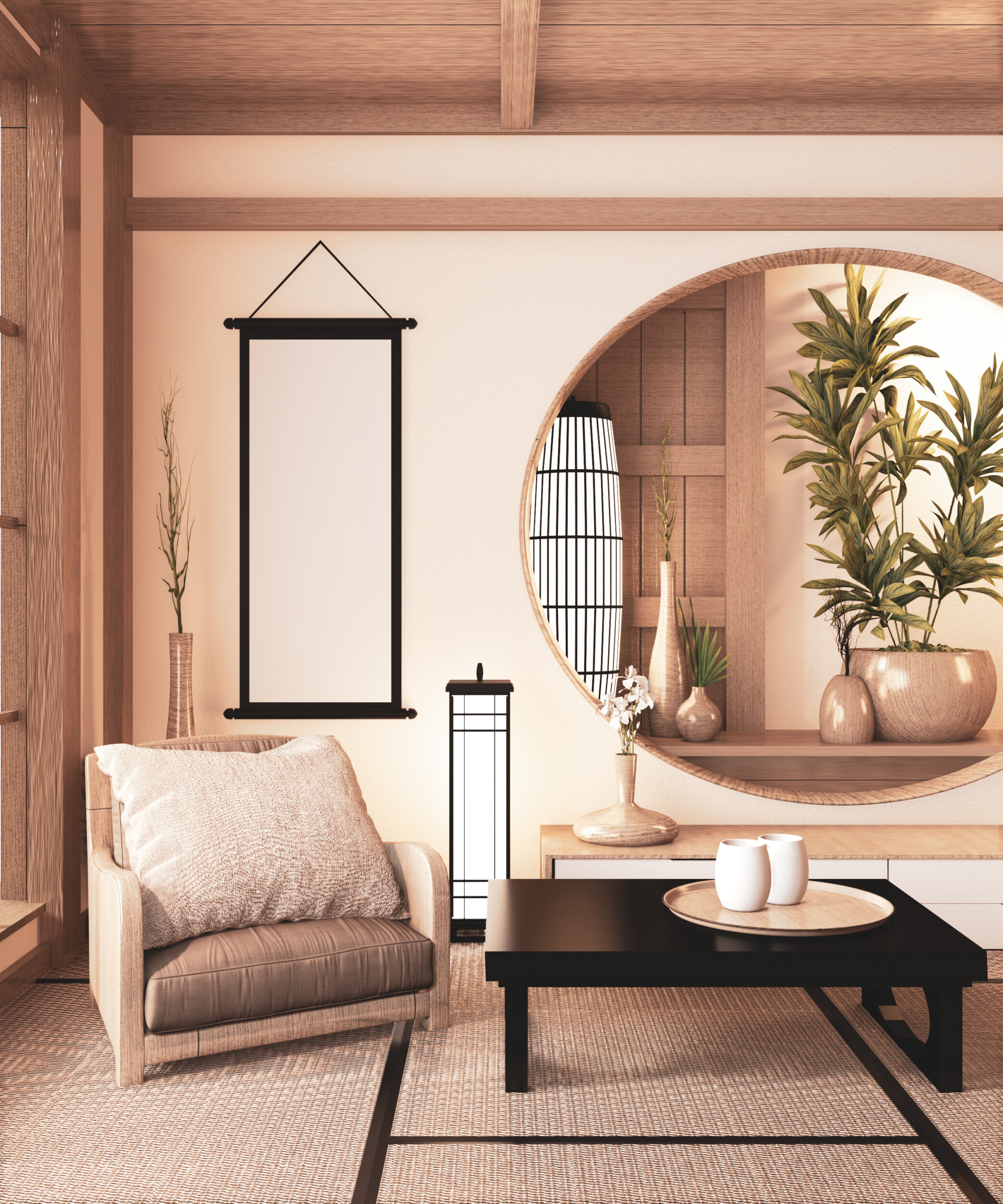
Urban interior Decor
Urban Modern interior design is perfect for elevating cosmopolitan city life as it combines the best of luxurious contemporary, modern, and industrial elements for a layered, inspiring, and timeless approach to making your home feel complete and unique. Think Gotham city with a glorious blend of elegant nods to different interior design styles to instantly bring any space to life with quite drama and conversation-starting appeal.Now that we’ve gone over what defines each interior design style, here’s a look at the essential elements that will tie everything together.
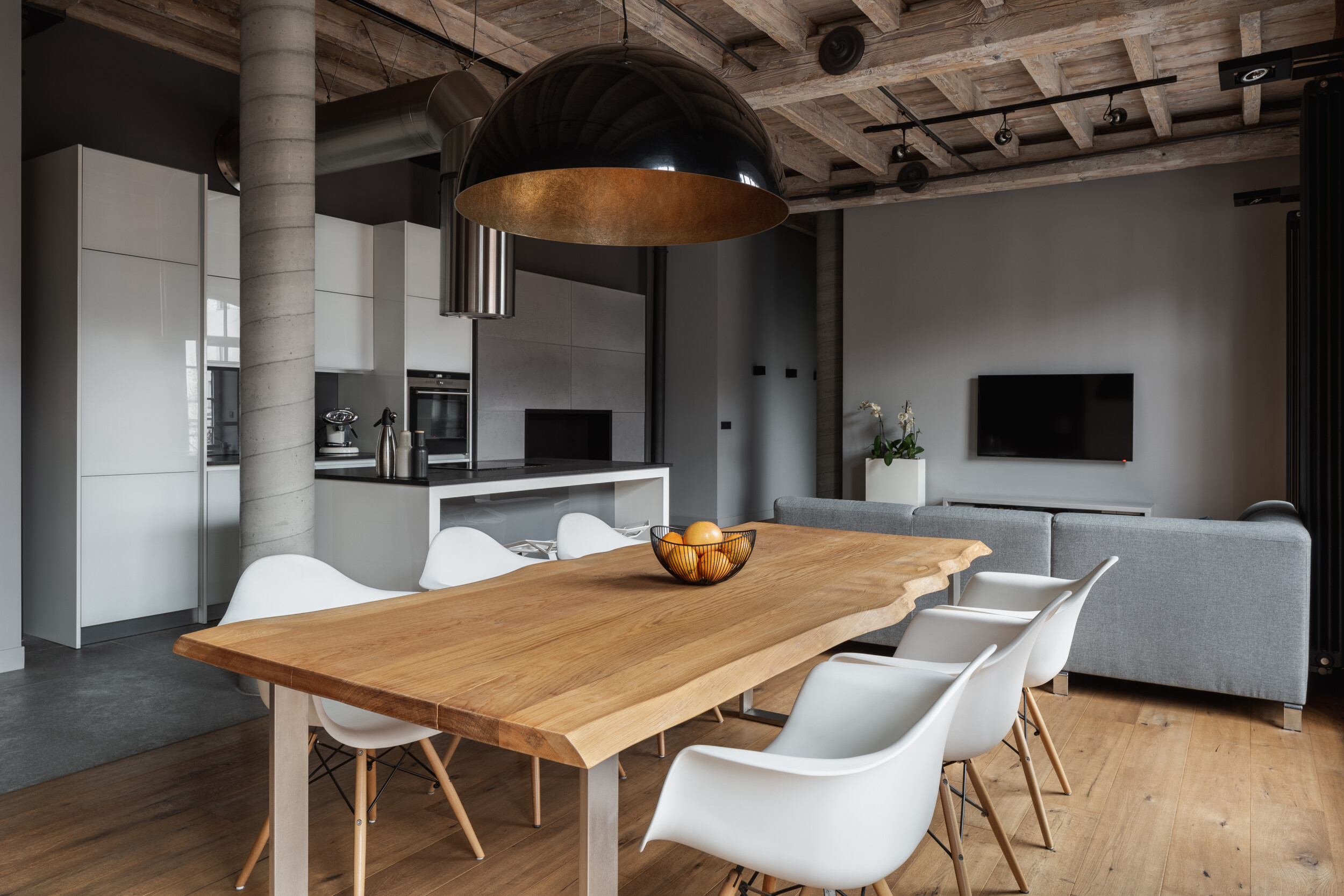
SPACE
Of course, it goes without saying that you have to know the space you’re working with before you can make informed decisions about furniture and artwork, so take about 30 minutes to measure each room–including the size of the doors to help you come up with a fruitful design strategy. That way you won’t be heartbroken when your dream sofa doesn’t fit through the doorway, or frustrated when your new furniture looks like it belongs in a dollhouse as the scale is too small. It might be tempting to buy all your furniture, artwork, and room decor in one trip, but a more affordable design strategy calls for you to simply buy a few things at a time over an extended amount of time to not burden yourself. And since you’re the steward of the space, you’ll most likely already have a sense of what you need, like a side table next to a sofa for your drink, nesting tables, and whatever room decor items you find essential. This design strategy is also a good way to spread out the cost of furnishing the room over time while allowing you to make the best decisions without having to make rushed judgments. Also, there’s nothing wrong with having an empty wall or floor space until you have the time and resources to thoroughly inject interior decoration throughout the space. And that said, you don’t need to cover every square inch of your room with furniture or art since the look will come off as busy and heavy-handed.
LIGHTING IDEAS
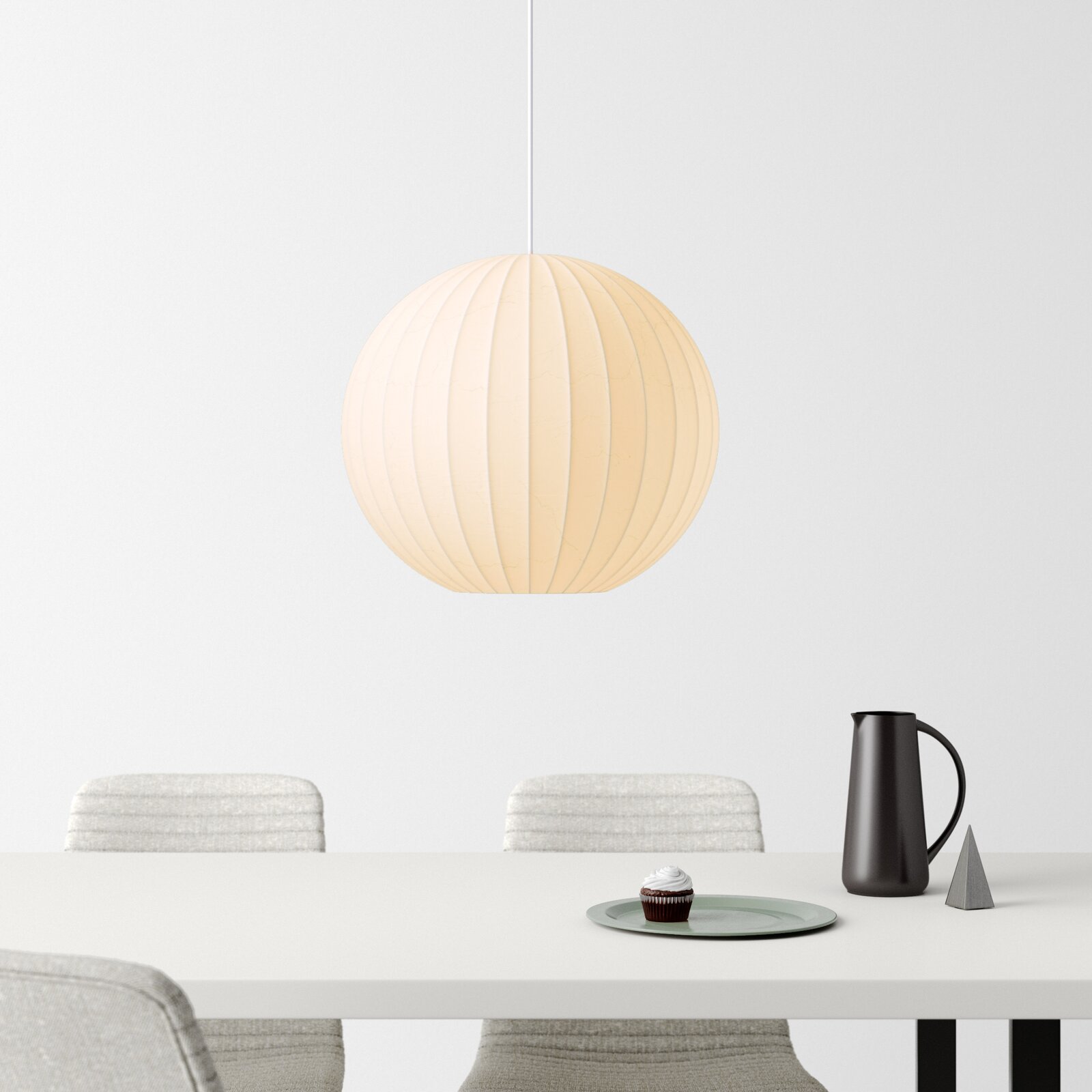
To ensure that your space is getting the right amount of light, during the day, evaluate the amount of natural light every room gets and let that guide you into figuring out where you need to brighten things up, and the areas that get more than enough light as is. Make sure to layer your lighting so that the room is lit from various levels and sources, like floor lamps, table lamps, and wall sconces for a warm and inviting feel that’s far from the cold and clinical effect that standard overhead lighting left alone gives off. If your space doesn’t get enough natural light, bring in a range of mirrors to maximize the light you do have by catching and reflecting light throughout a space. Also, be sure to buy the correct wattage bulbs–it may sound obvious, but it’s a common mistake and with today’s advancements you can find longer lasting ones that will also save you money on electricity over time. Here’s how to make lighting ideas work in every room in your home:
Lighting ideas for kitchen
Kitchens are often the most commonly used rooms in any home and here’s where you’ll need efficient lighting at all times since you’ll more than likely be preparing food and entertaining in it. In the evening layered lighting will again, create a warm and comforting atmosphere so instead of relying on only overhead lighting ideas, do install wall sconces to get the look right. And in the daytime, If your kitchen isn’t filled with enough natural lights, do rely on what you have and think about adding mirrors and high-shine reflective surfaces to catch and release light throughout your kitchen.

Lighting ideas for living room
Again, layered lighting ideas should be a priority in all common rooms and the effect of natural lights in the daytime should also be taken into consideration. Create an inviting lighting story with floor lamps, table lamps, wall sconces, and even candles. This will, in turn, also add a delightfully elegant feel in one of your home’s most commonly used and seen rooms.
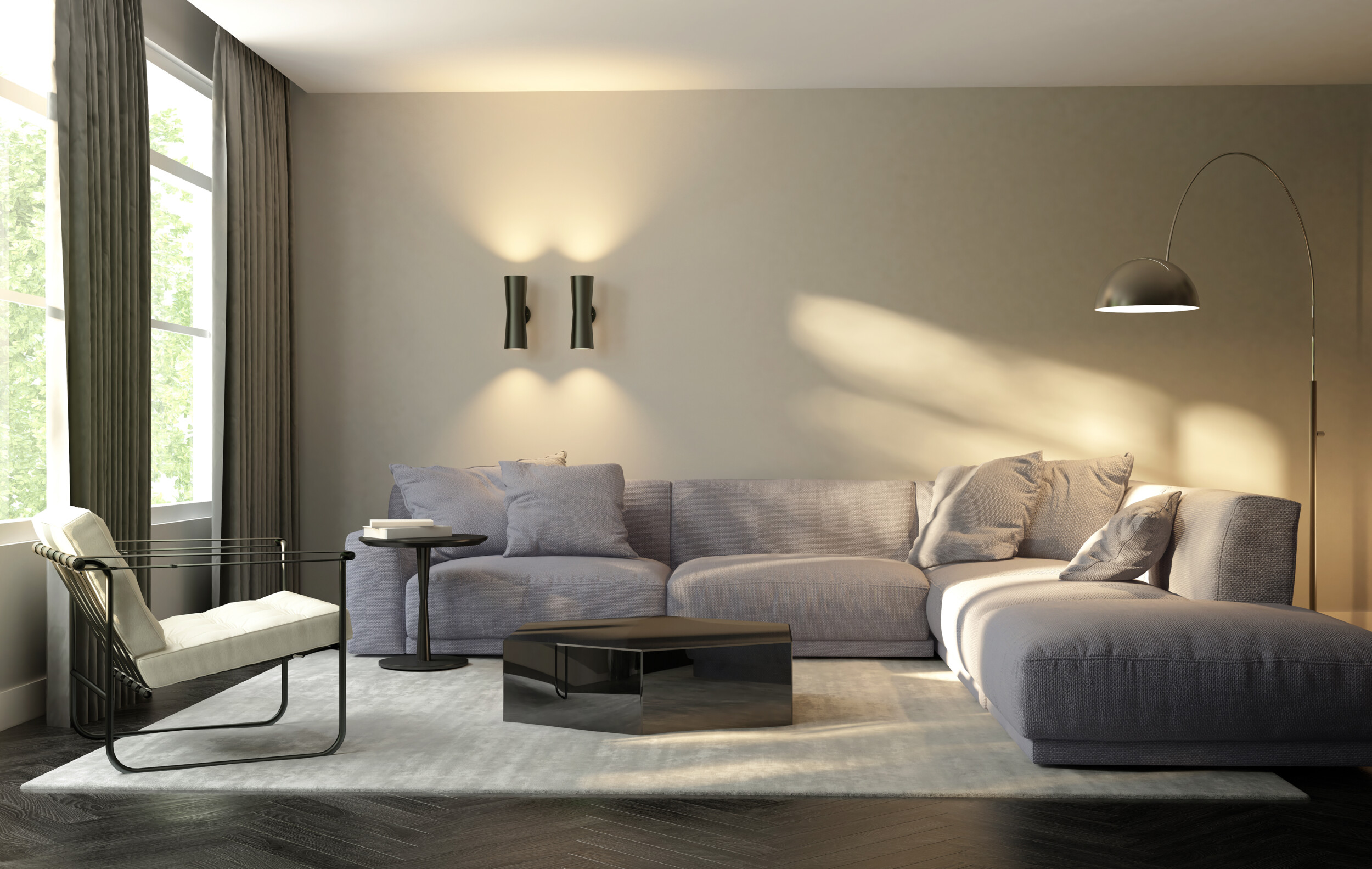
Lighting ideas for bedroom
Since your bedroom is where you rest and relax, think about lighting ideas that will help you create a tranquil feel and do avoid anything too bright as it could feel disruptive and even alarming. Create a warm glow will a variety of floor lamps, wall sconces, and table lamps for an alluring feel that will lend your bedroom a sense of soothing tranquility.
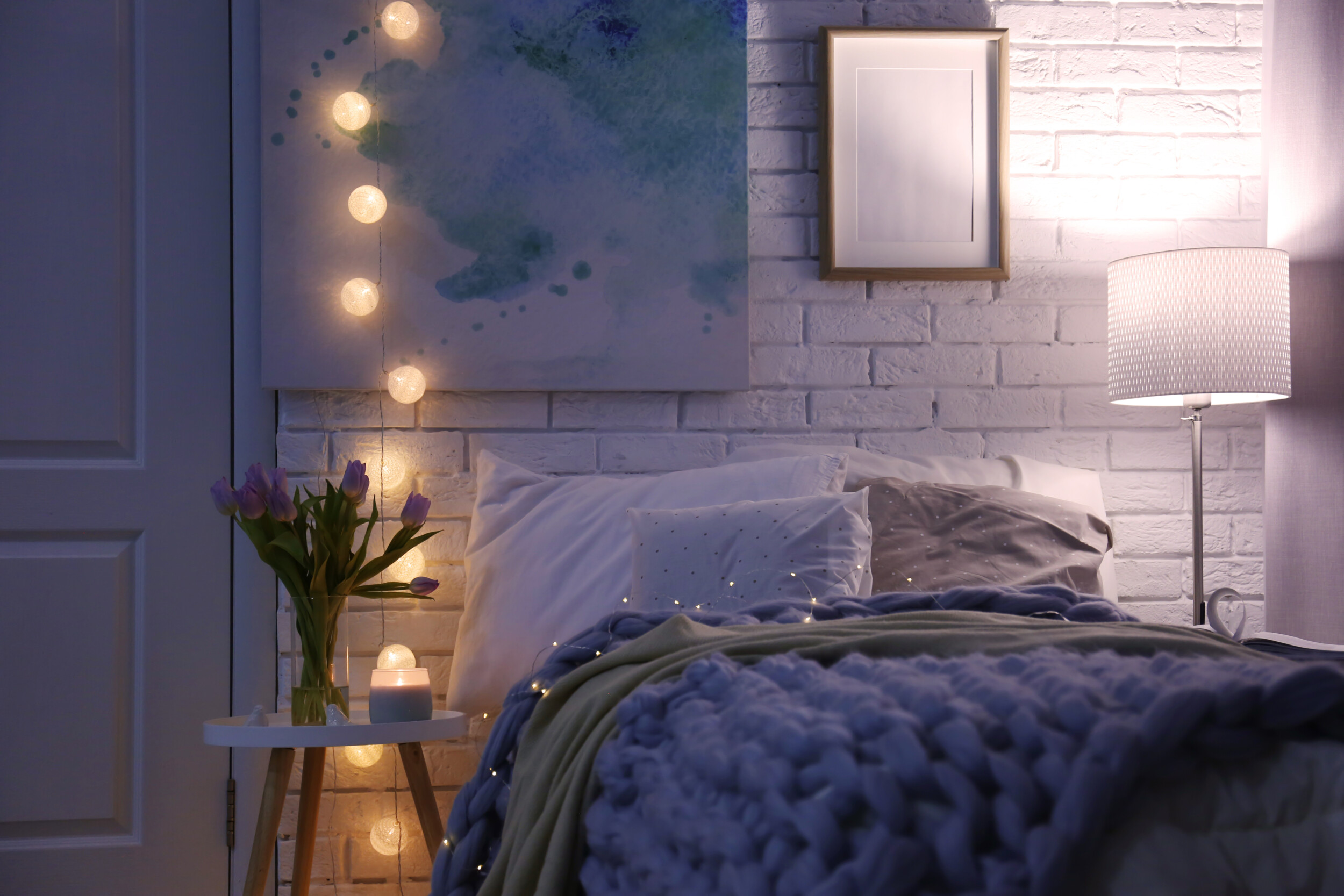
Lighting ideas apartment
Since they’re communal dwellings that can be wrought with dark nooks and corners where there’s virtually no natural lights, apartments are also where you’ll need plenty of floor lamps, table lamps, wall sconces, mirrors, and reflective surfaces.
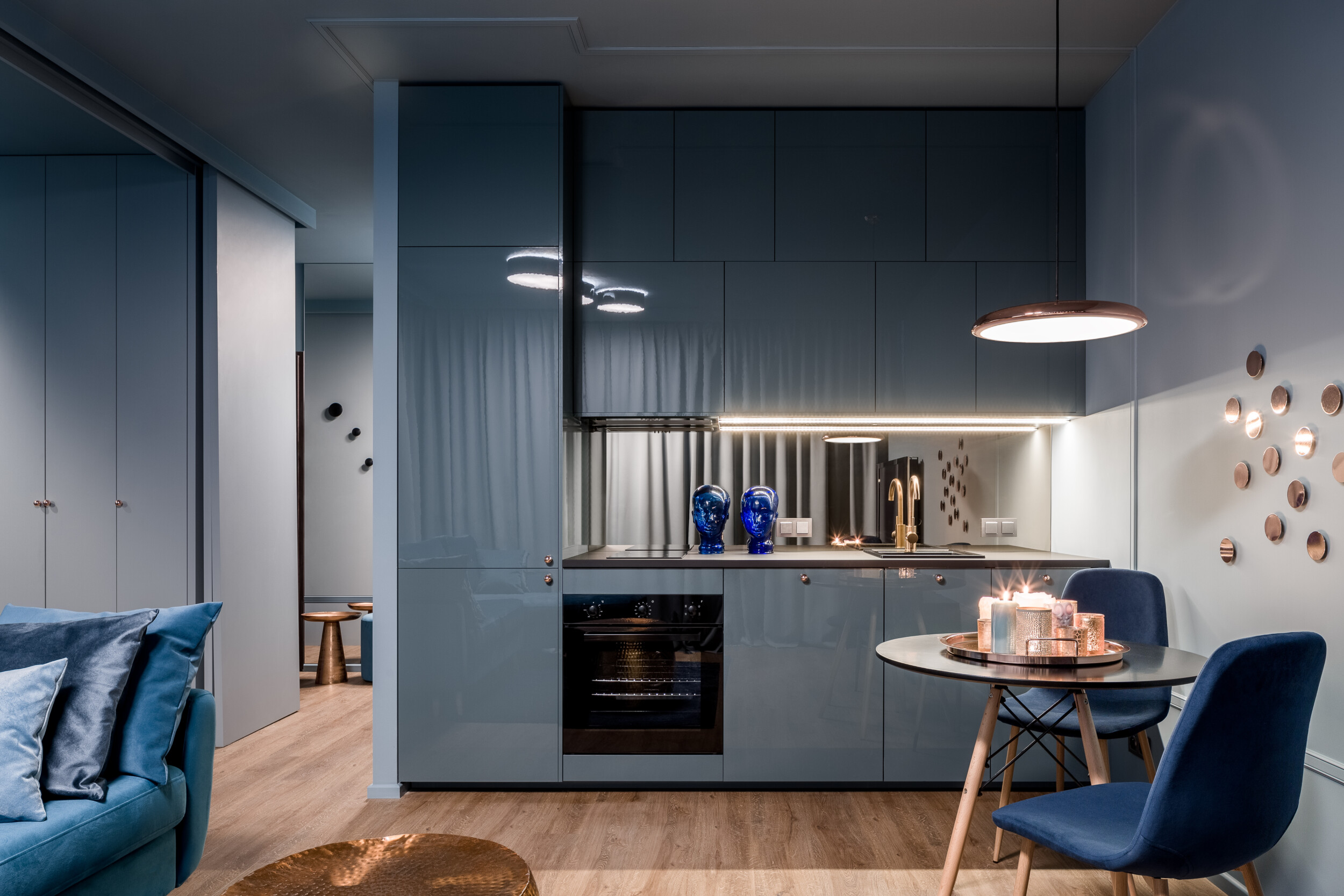
COLOR IDEAS FOR HOME
If you have a lot of room color ideas swirling around in your head but you’re not sure which to choose, consider whether you want a warm or cool color palette. Next, introduce new color ideas for home in the form of commitment-free items that you can easily move and replace like throw pillows, blankets, and other decorative accessories. You might regret a bold living room paint color like lime green, but if you change your mind about a lime green pillow? Well, that’s a much easier and affordable problem to solve. You don’t need to prove something about your style or personality by saturating every surface with color. On the contrary, thoughtfully-chosen pops of color can make for a surprisingly effective impact while energizing a space. Wallpaper and paint ideas for every room in your home that will elevate each space.
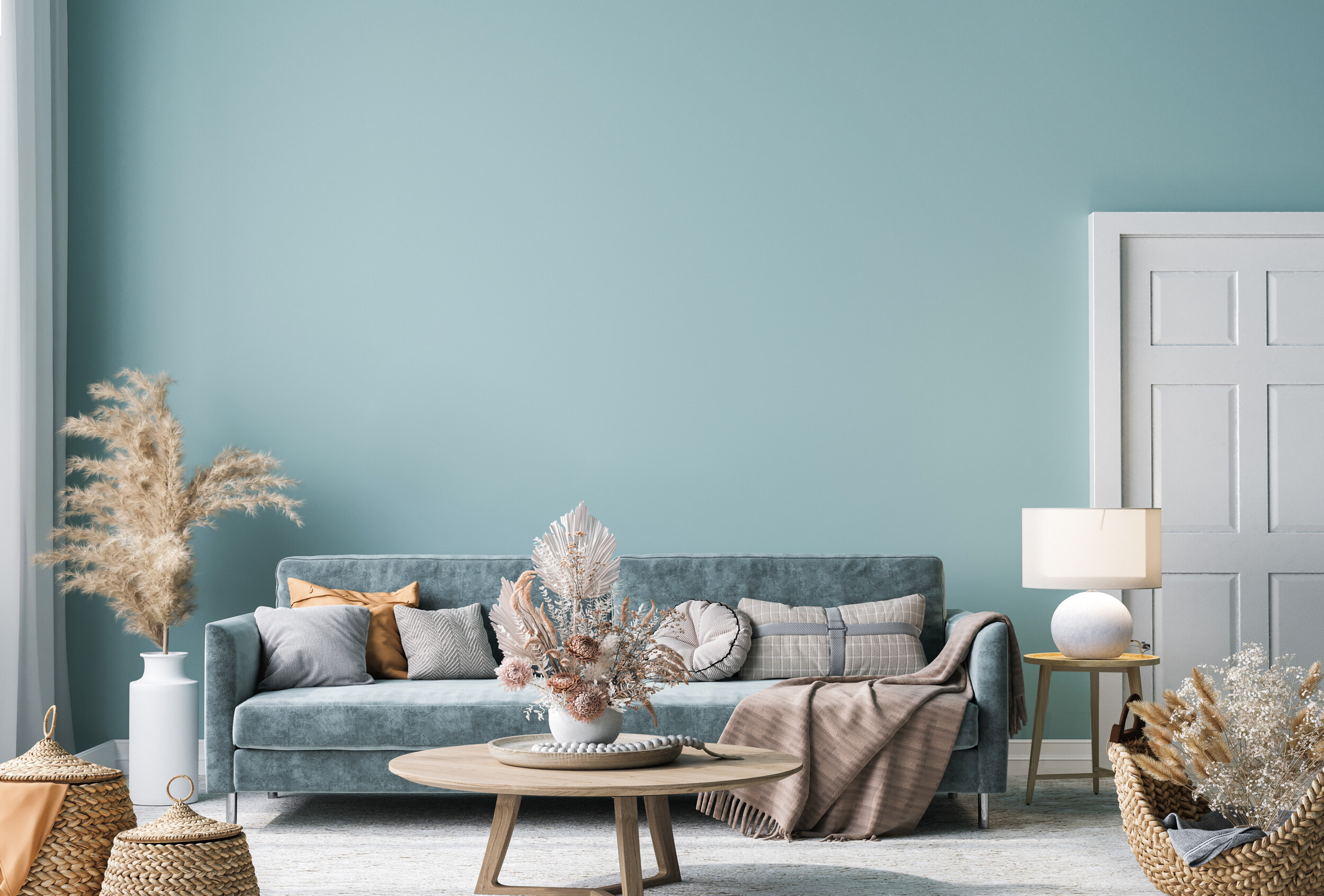
Paint ideas for living room
When it comes to modern wallpaper and paint ideas for your living room, here’s where you can be more explorative and expressive with playful prints and invigorating colors. Use delightful wallpaper patterns and energizing paint ideas to lend your living room a sense of personality that’ll be unforgettable for years to come as there’s no way to get the look wrong as long as everything appears well-judged and in-sync with your home furniture and decor. But if all over color is too much for you, think about using wallpaper and paint ideas to your advantage with a room-defining accent wall that will also lend your living room more depth. Best of all, you can easily and affordably update an accent wall from season to season or as trends pass for an instant living room refresh.
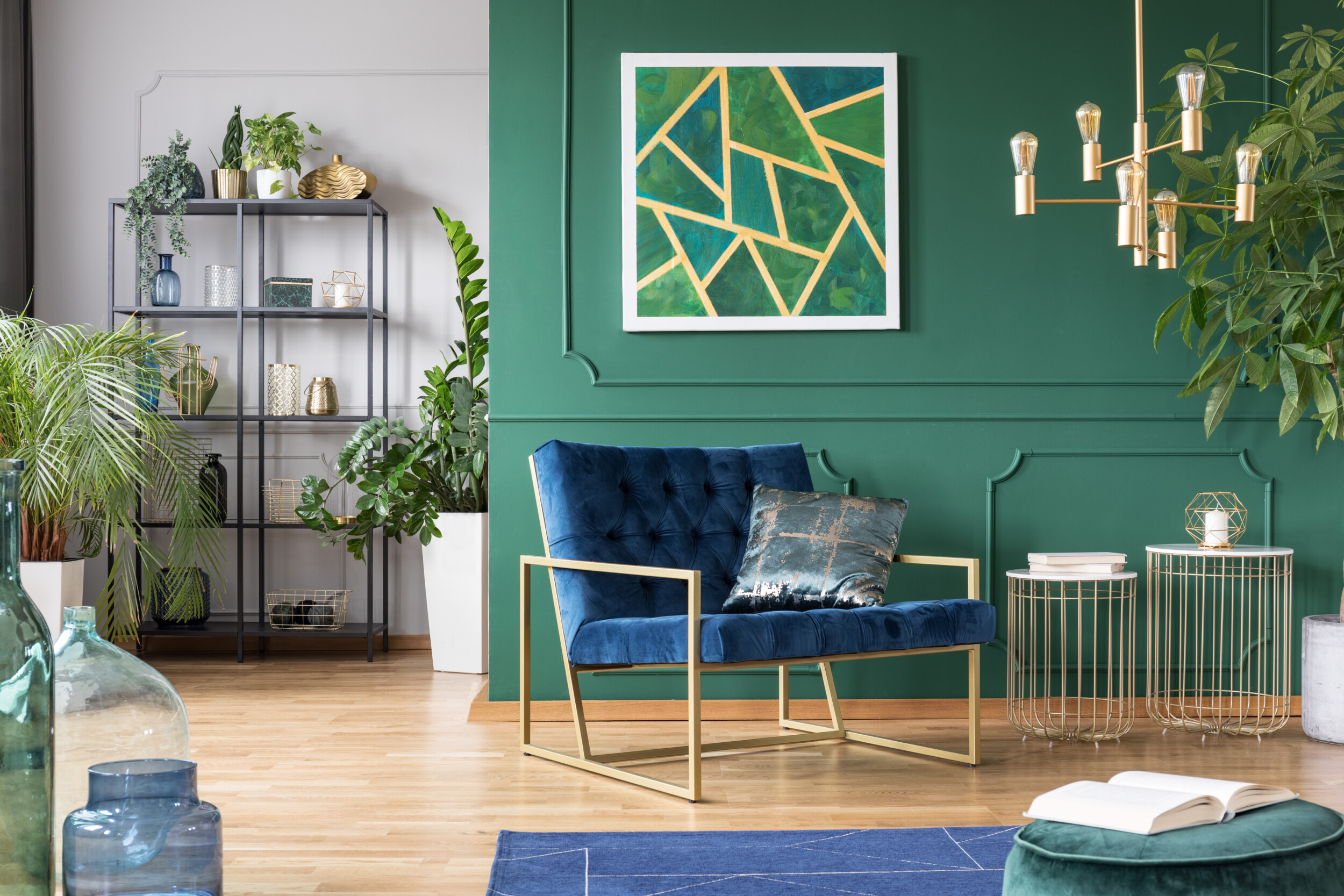
Paint ideas bathroom
Since a bathroom is a small and practical space you can also be more explorative with wallpaper and paint ideas to make it come alive. Think bold paint color ideas and symmetrical wallpaper prints for a look that’s easier on the eye than a wild avant-garde print.
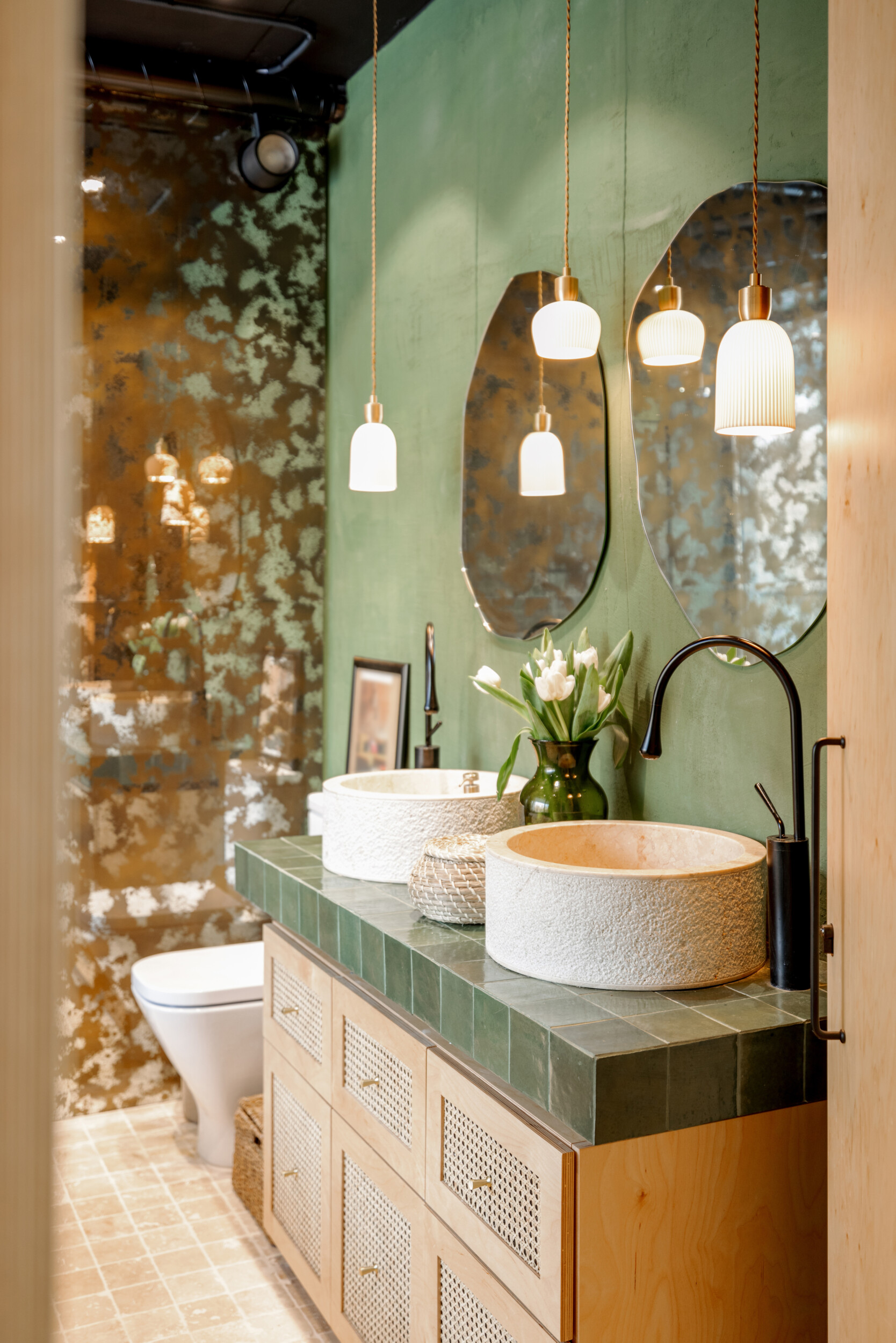
Paint ideas bedroom
Again, think of your bedroom as a space to retreat so think about going for cool and calm paint color ideas that will keep the space feeling casual and comforting. Go for warm neutral paint color ideas like stone, khaki, creams, and beiges that are warmer than a cold and emotionless white.
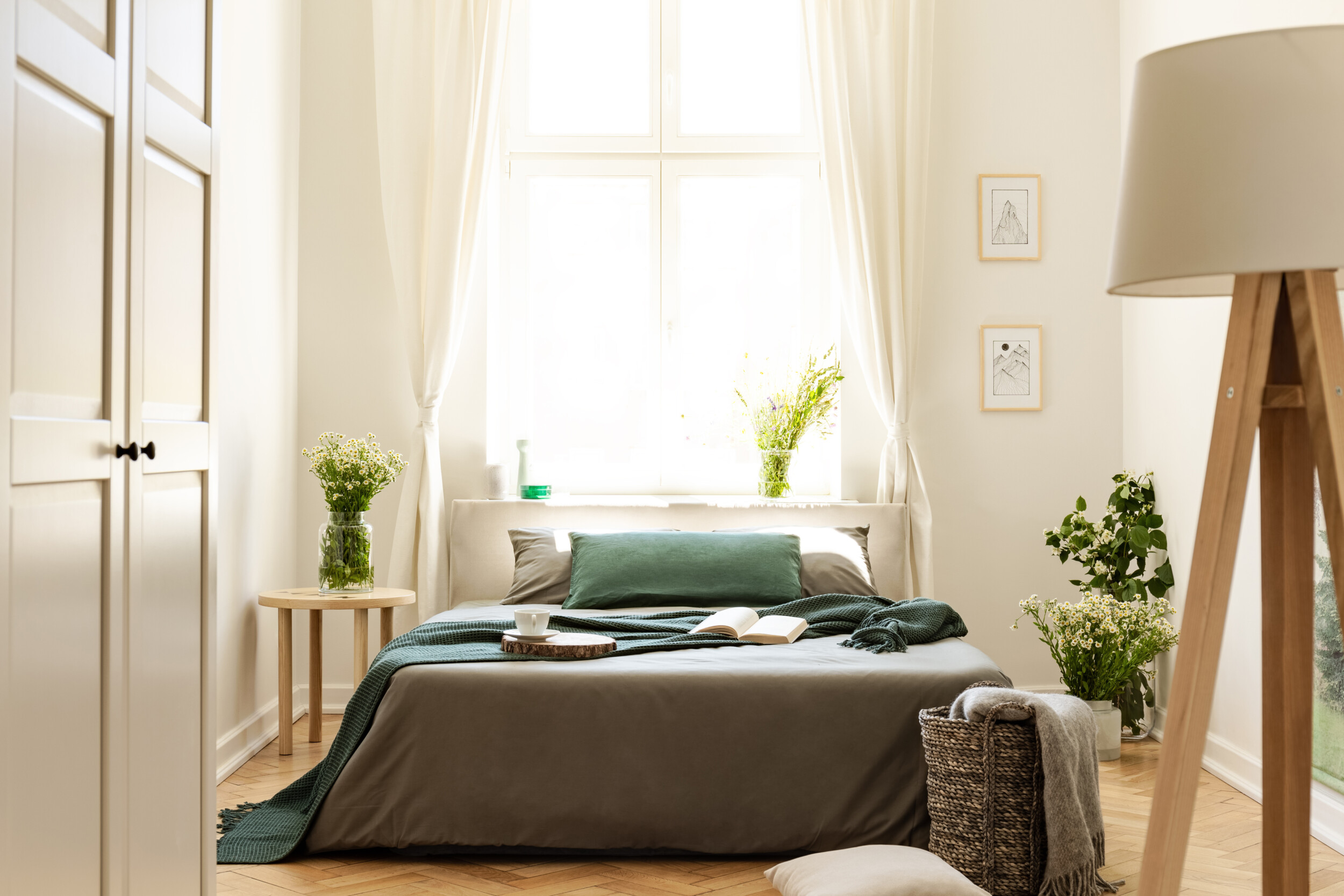
Paint ideas for kitchen
Another highly trafficked area in any home, skip out on white kitchen paint ideas since the tone will only highlight everyday wear and tear and stains. Instead, go for classic neutrals with a slight hint of color about them to lend your kitchen a unique touch. Or you could opt for a lively wallpaper to really elevate the space and lend it some visual play.
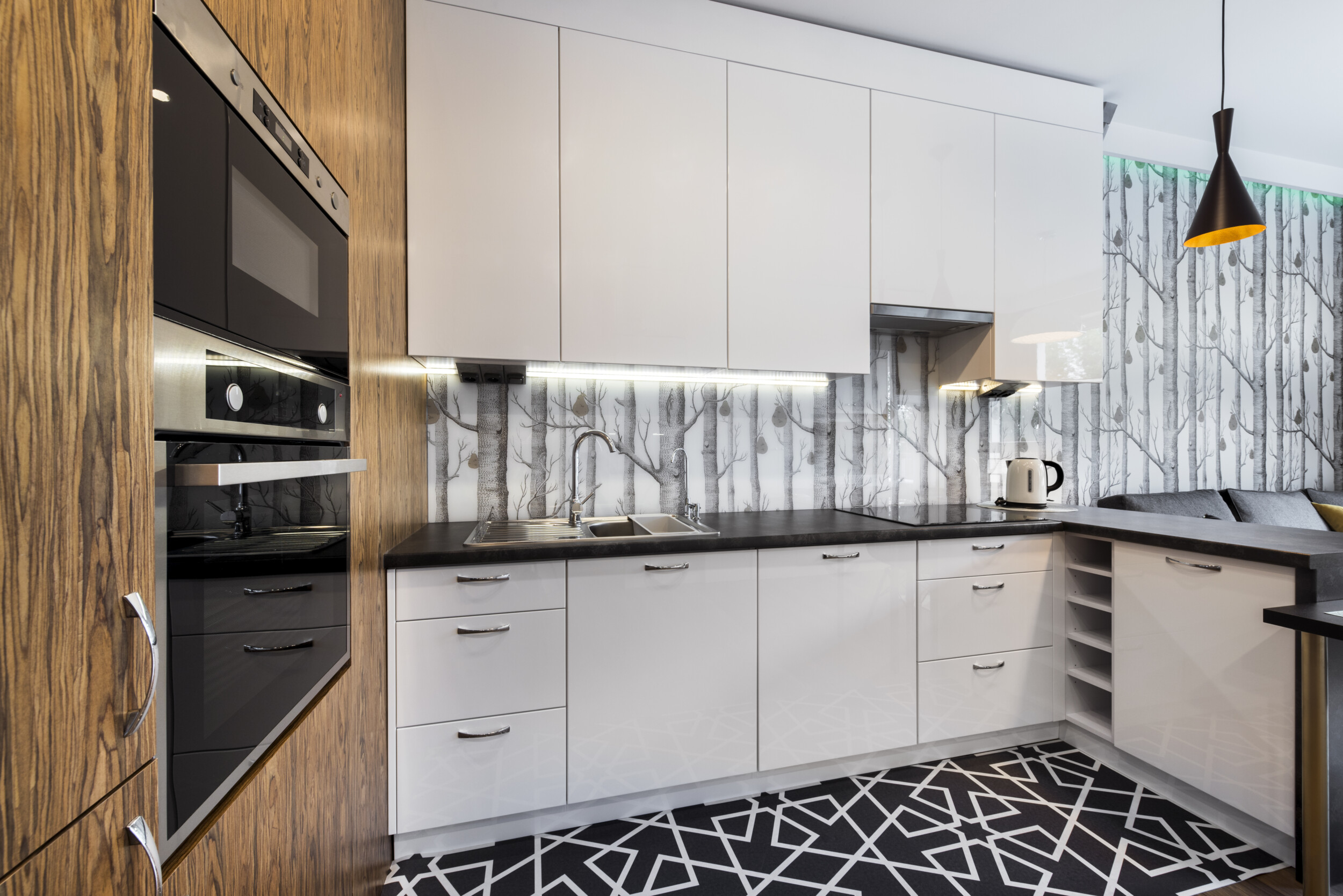
Paint ideas apartment
When it comes to paint ideas for smaller spaces, it’s best to either go for warm neutrals, high-gloss finishes, and accent walls for needed depth as all-over color in deep tones will only make a small space look smaller. Plus accent walls are great since if you live in a rental, you can easily cover one up without having to spend too much time on otherwise laborious work repainting the entire space. And when it comes to neutral paint ideas in small spaces you’ll have an easier time pairing everything with your home furniture and decor, even if it’s cheap furniture you’re dealing with. Which ultimately makes a winning case for neutral paint ideas interior being ideal for any sized space, from large to small.
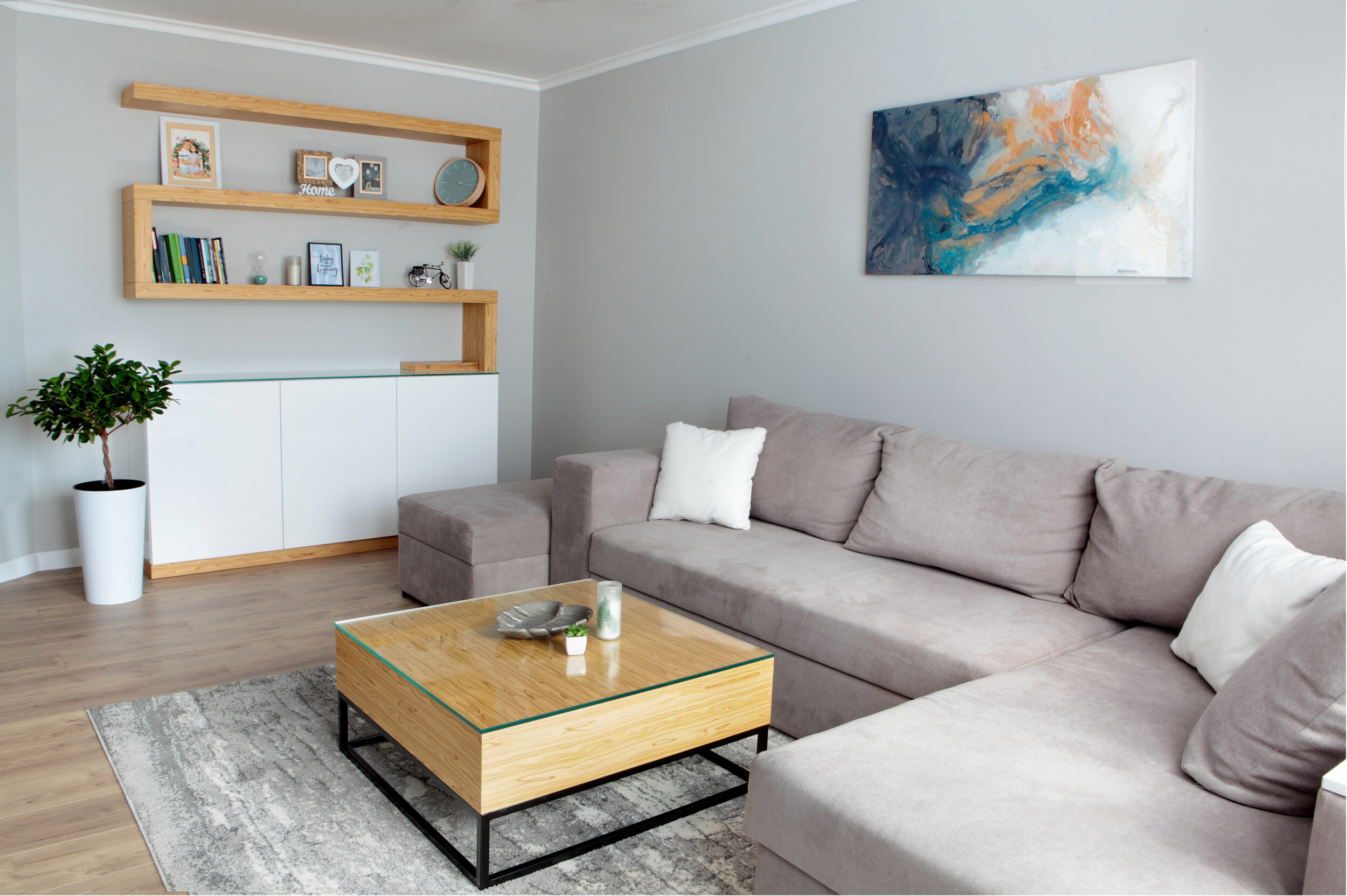
FURNITURE
Two of the biggest mistakes beginning interior designers make when selecting home furniture is not understanding the importance of a statement piece and thinking that they can get everything they need in a single day. Instead, people tend to be too safe with their choices, and as a result, nothing stands out and the rooms in their homes end up looking like bland furniture showrooms where everything is too similar and matchy. You don’t need to go matchy matchy with your home furniture. So, just because a company sells sofas and chairs from the same line, resist the urge to buy the entire set. It’s more visually interesting to have a variety of different, though complementary, pieces juxtaposed together throughout your home. If you’re unsure about mixing style or home furniture ideas, look for a common thread between the pieces you’ve settled on, like a similar style, print or silhouette. And be on the hunt for unique furniture design to make your home feel-one-of-a-kind. But what if you don’t have a generous budget for home furniture and decor? With some resourcefulness and creativity, you can even make cheap furniture look way more expensive and luxurious than it really is. The cheap furniture updated with fresh gold-tone hardware for an elegant, elevated look. And if you’re looking for staging a home furniture, go for a tonal range of finds as you don’t want potential home buyers to be distracted by the home furniture that you’ve brought in.
FLOORING IDEAS
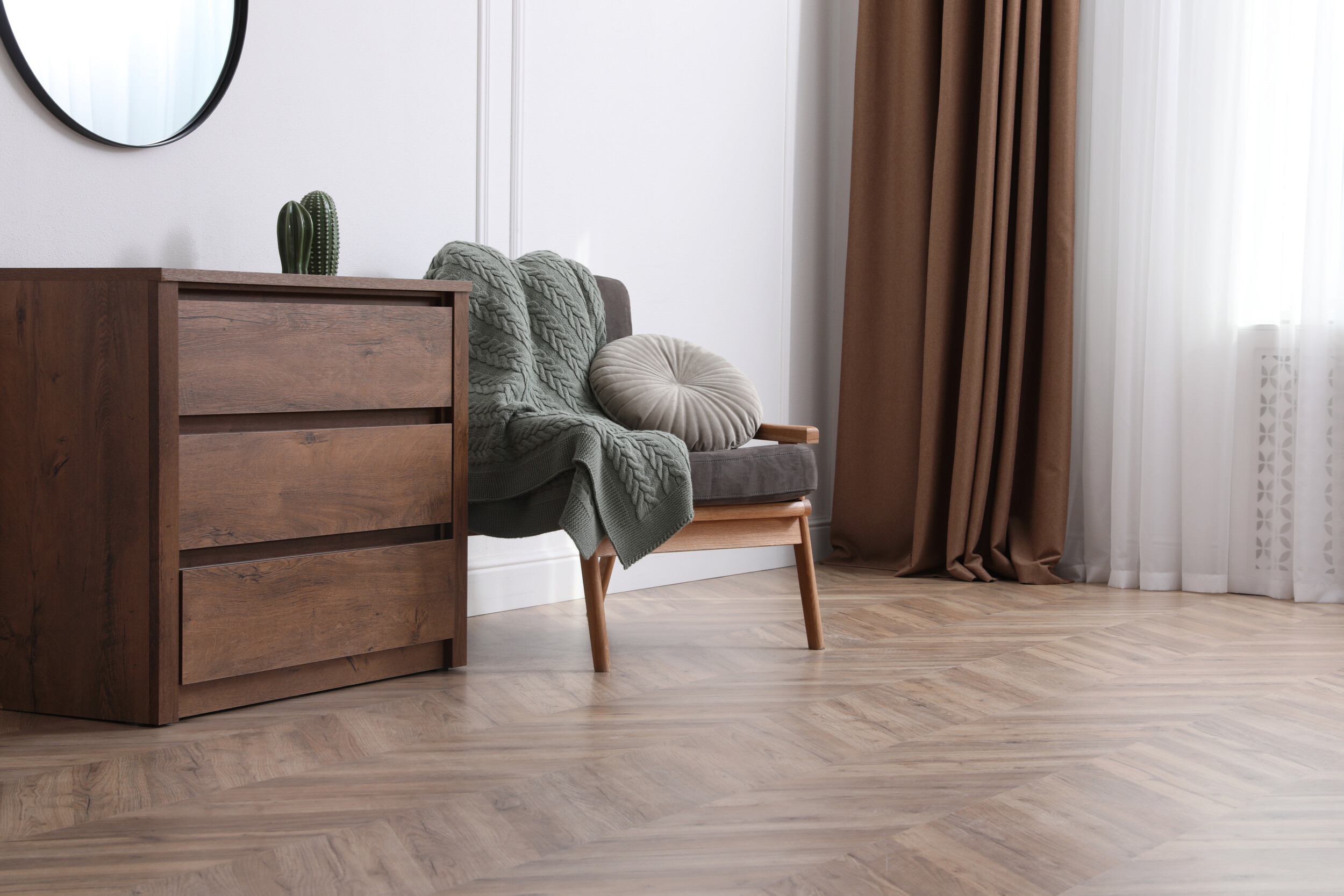
Ask any interior designer where to start decorating in a room and they’ll instantly tell you that they consider flooring as a foundational starting point. So whether you’re working with wooden or tiled floors or carpeted flooring, consider flooring ideas as step one when decorating a space. Adding an area rug is an easy way to add color or texture in any room while allowing for a comfortable surface to walk and sit on. Make sure to get one large enough to define the space as a small rug will make it look incomplete and will throw off the scale of everything else that you do bring in. And do keep in mind that as a general rule of thumb, make sure that your area rug extends either six inches under your sofa or starts six inches in front of it, and six inches away from the wall for the best results. If you’re choosing a rug for a high-traffic area, choose something durable, like a low-pile wool or sisal. For low-traffic areas, you can choose more luxe options like sheepskin, or delicate bamboo silk. Flooring ideas for home When it comes to flooring ideas 2019, here’s our takes on the best flooring ideas for home from room to room to inspire you.
Flooring ideas for living room
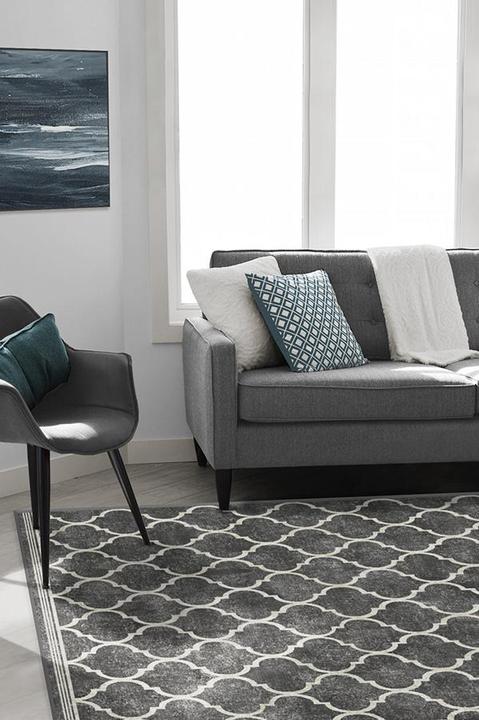
Like we said before, go for as large of a rug as possible if you are working with tiled or wooden floors. And go for a darker color and thinner pile since flooring ideas for living room call for easy to clean maintenance and durability. Plus a larger one will only work to make your living room flooring ideas look as large as possible.
Flooring ideas for kitchen
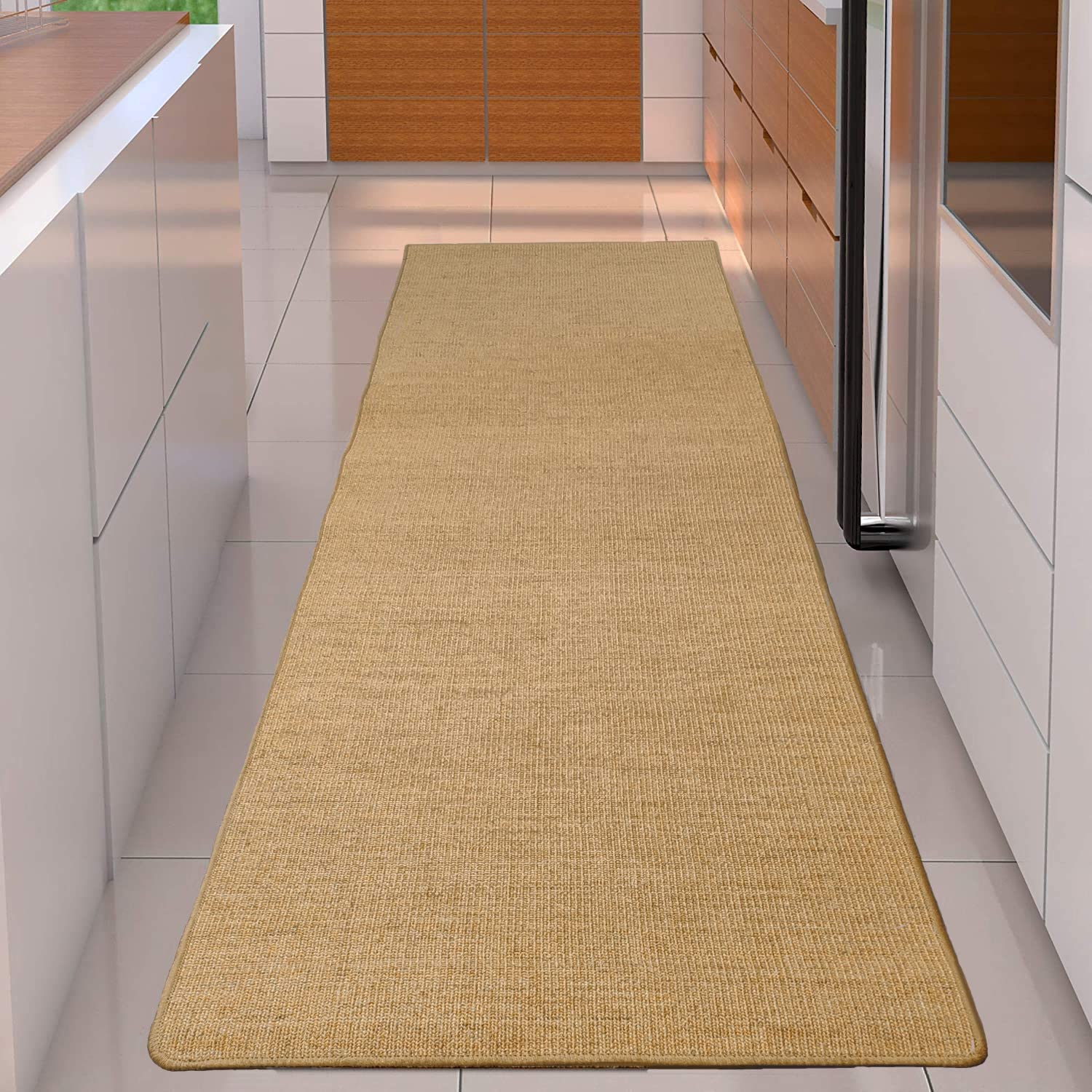
Just like in your living room and foyer, kitchens are more often than not highly trafficked areas so practicality is key when it comes to flooring ideas for kitchen. Think ultra-thin sisal rugs that are inexpensive and can be easily replaced as they age over time.
Flooring ideas for bedrooms
The best flooring ideas 2019 call for simple plays on tonal color schemes – making them perfect for creating a bedroom that feels like a tranquil oasis that subtle and calming. Think two-tone color ways and demure patterns and prints so the look never comes off as distracting or visually heavy.
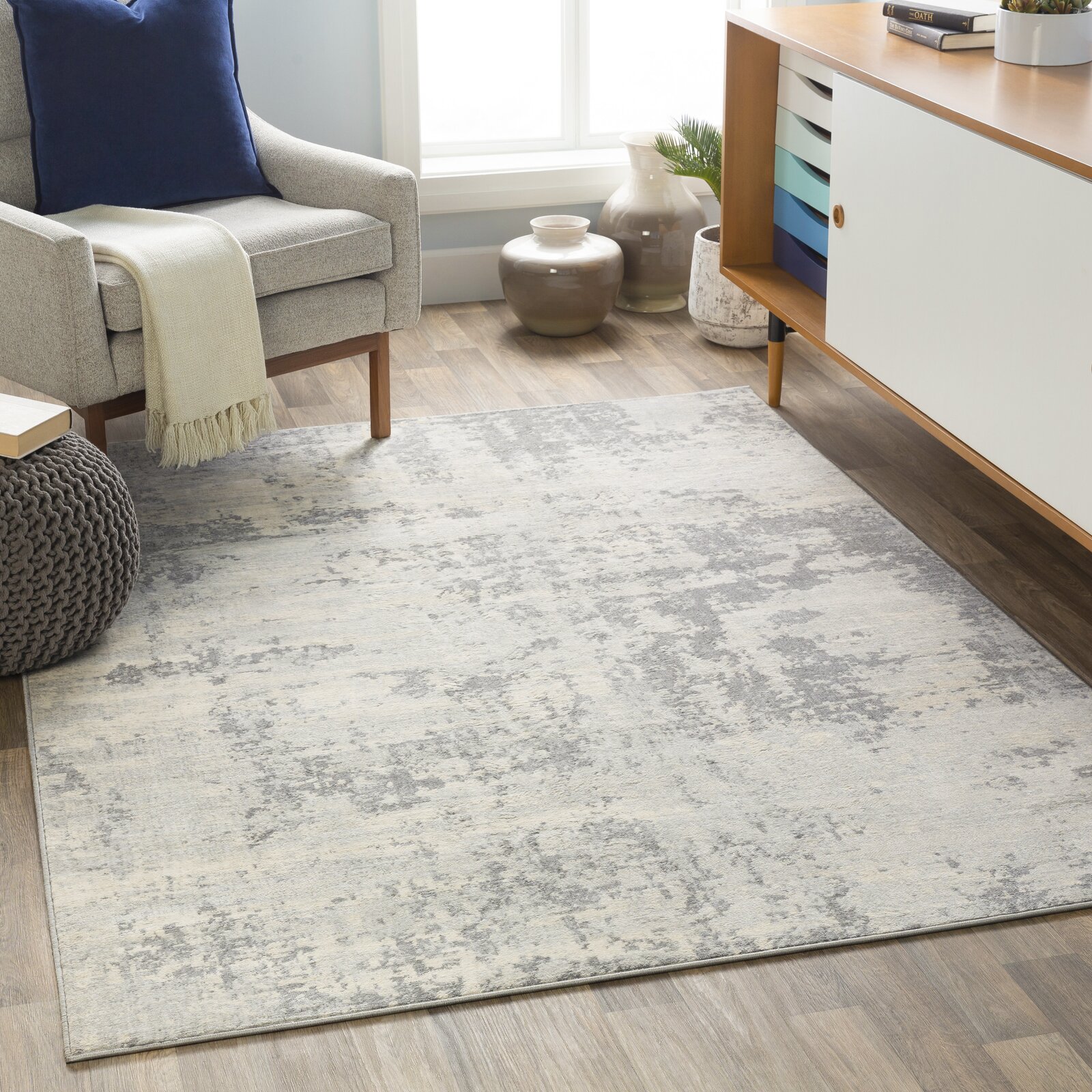
Flooring ideas for basement
When it comes to basement flooring ideas for house people are often adamant about going for either all over carpet or tile flooring. But since basements can be prone to toxic mold and mildew that will make carpeting smell bad after just a few months, our renovation contractors always suggest going for tiled basement flooring ideas as they don’t soak up water and stains like carpeting will. Which will, in turn, help you save from having to redo your basement flooring ideas anytime soon.
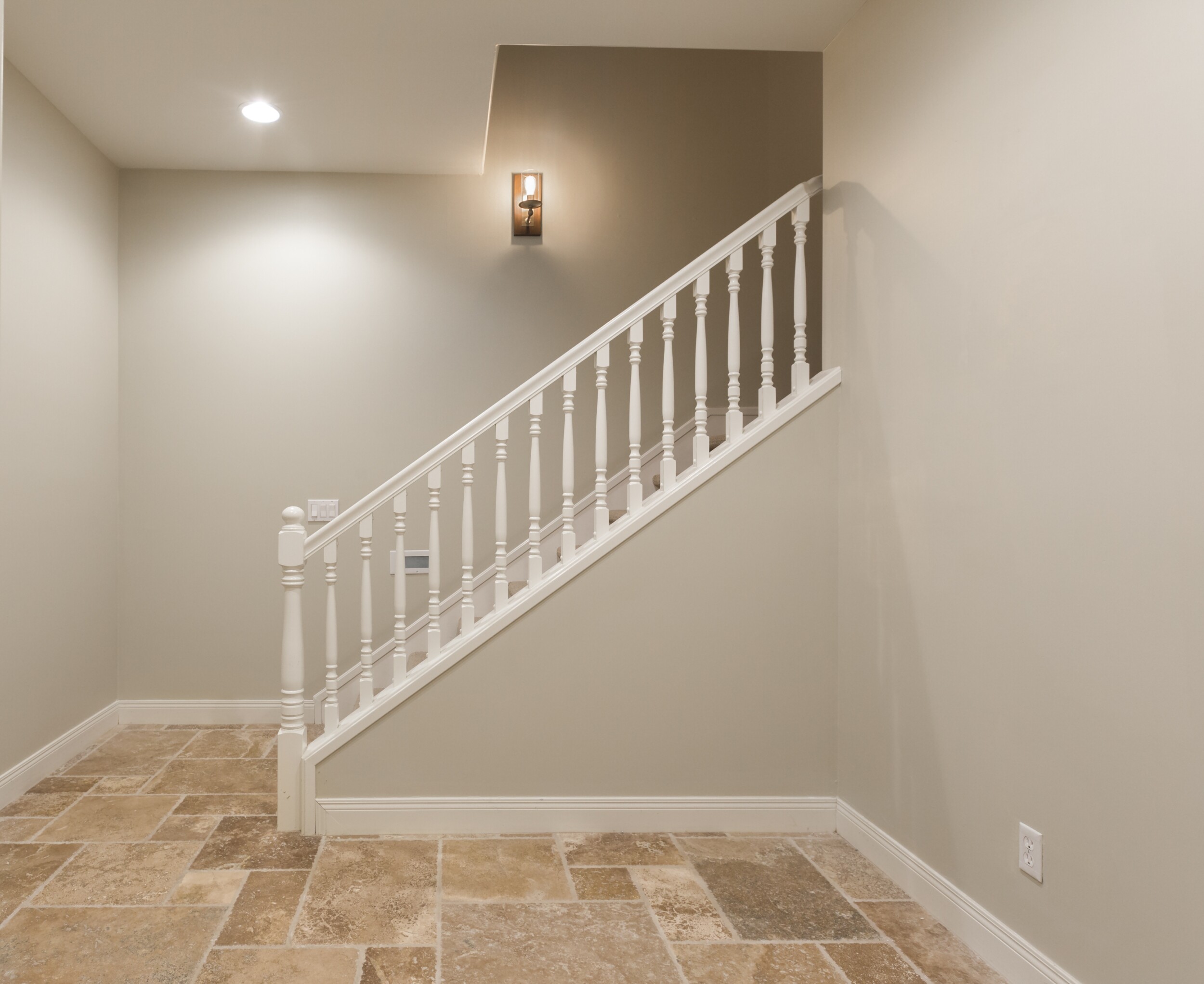
ART
Art offers you another great opportunity to reflect your tastes and personality throughout your home, so take your time choosing the best pieces for your home, and don’t be afraid to experiment. And don’t let unframed prints simply stack up – have the properly framed and installed. Hone in on what kind of art you find inspiring, and how much you’re willing or able to invest in art for your home at the moment. If you have a limited budget, there are plenty of smart options readily available like art shows, finds from street vendors, and websites where you can purchase prints from more well-known artists or original pieces from up-and-coming talents. Also, keep in mind that art isn’t just framed photos or canvases–it can be objects, too, like hanging plates or tonal macrame wall hangings or decorative wall sculptures.
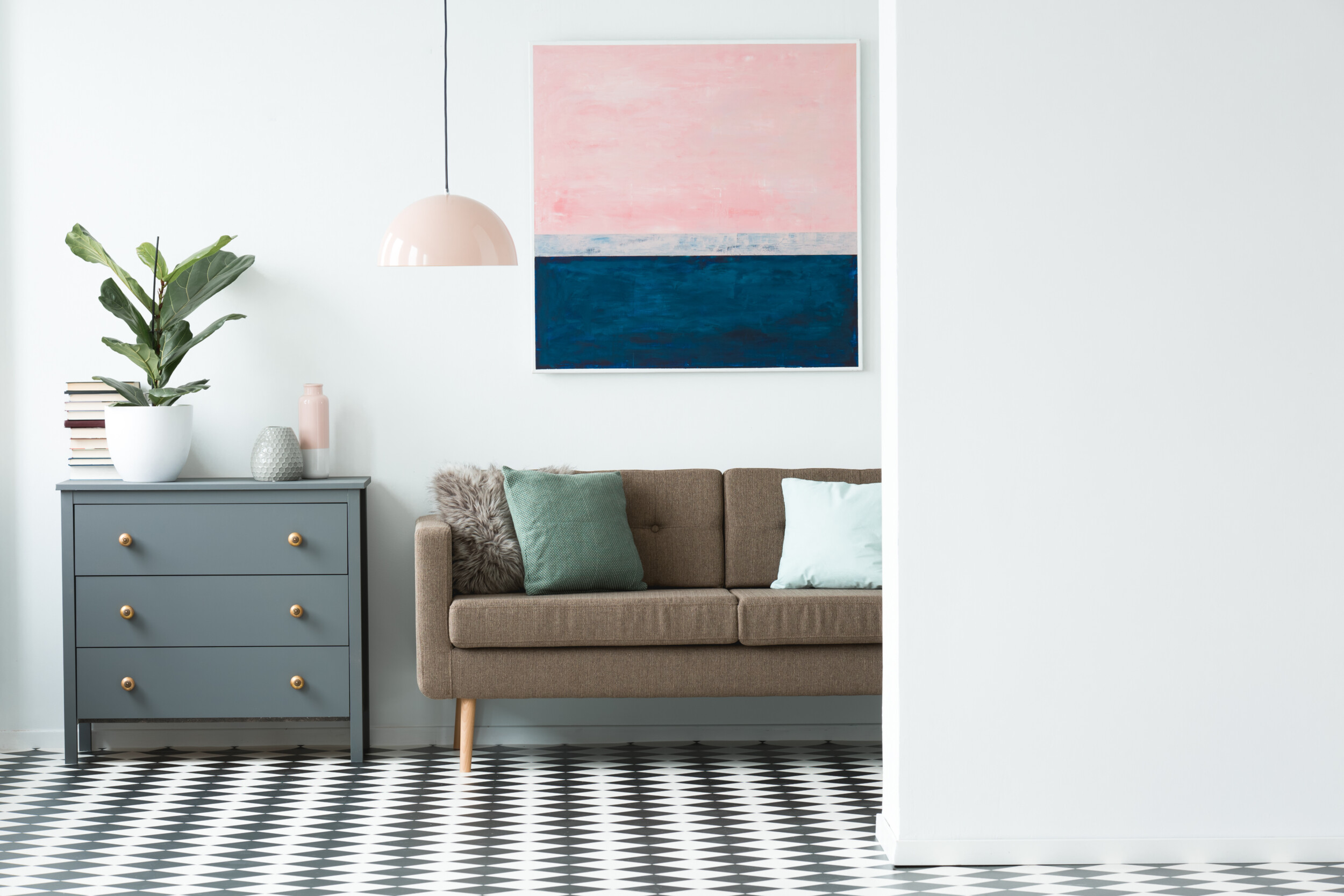
Art also doesn’t have to match the colors of the room to a tee. In fact, it’s more striking when it pops against neutral or contrasting colors for an unexpected hit of saturated color, print, and needed personality. As when it comes to art ideas for home the sky is the limit no matter your budget, and art and craft ideas for home decoration are essential in making a home feel complete and thoughtful. So if you’re looking for distinctive art ideas for home decor keep in mind that art ideas for home interior are much easier to come by that you think. Especially if you’re looking for unique cheap art ideas for home but don’t have a small fortune to spend.
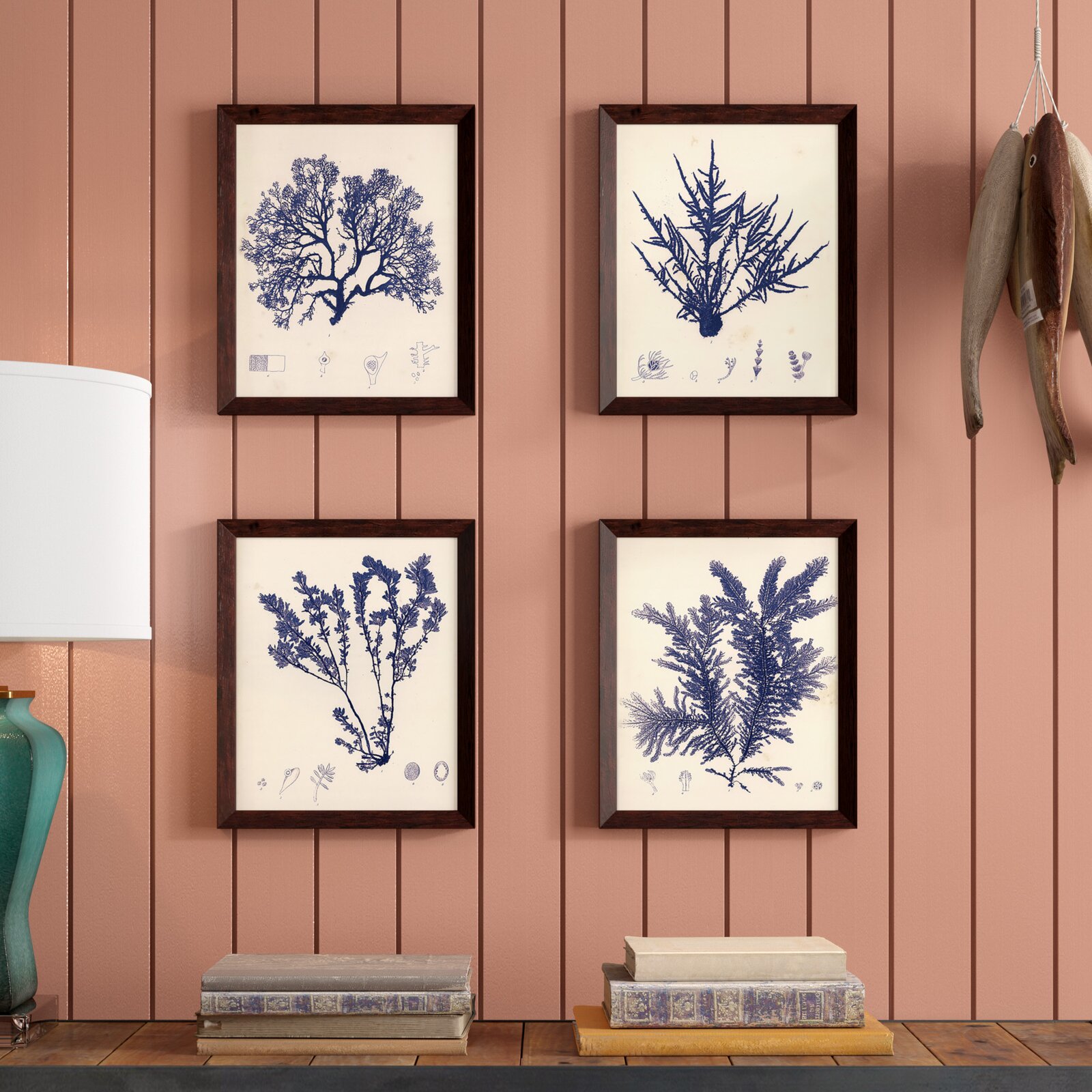
From eBay to custom print outlets online to diy art ideas for home, there’s plenty of routes to bring in the best cheap art ideas for home to make every room in your home feel alive. And just like with furniture, art and craft ideas for home decoration won’t feel complete overnight so do take your time and be resourceful. You can even find cheap art ideas for home at local resale shops, antique markets, and even estate sales. And if you really don’t have a budget to work with you can be even more resourceful.
Ask friends and family if they have any potential hand-me-downs that they think would catch your eye and work in your home. Or you could even make it easier by either using framed glossy magazine pages with images that caught your eye, or spend a few bucks and have your favorite art prints properly printed at a local print shop for you so the look is professional. After you’ve sourced a curated selection of art ideas for home, be sure to have your finds properly framed for a grownup feel and don’t let them sit aside for no reason unframed.
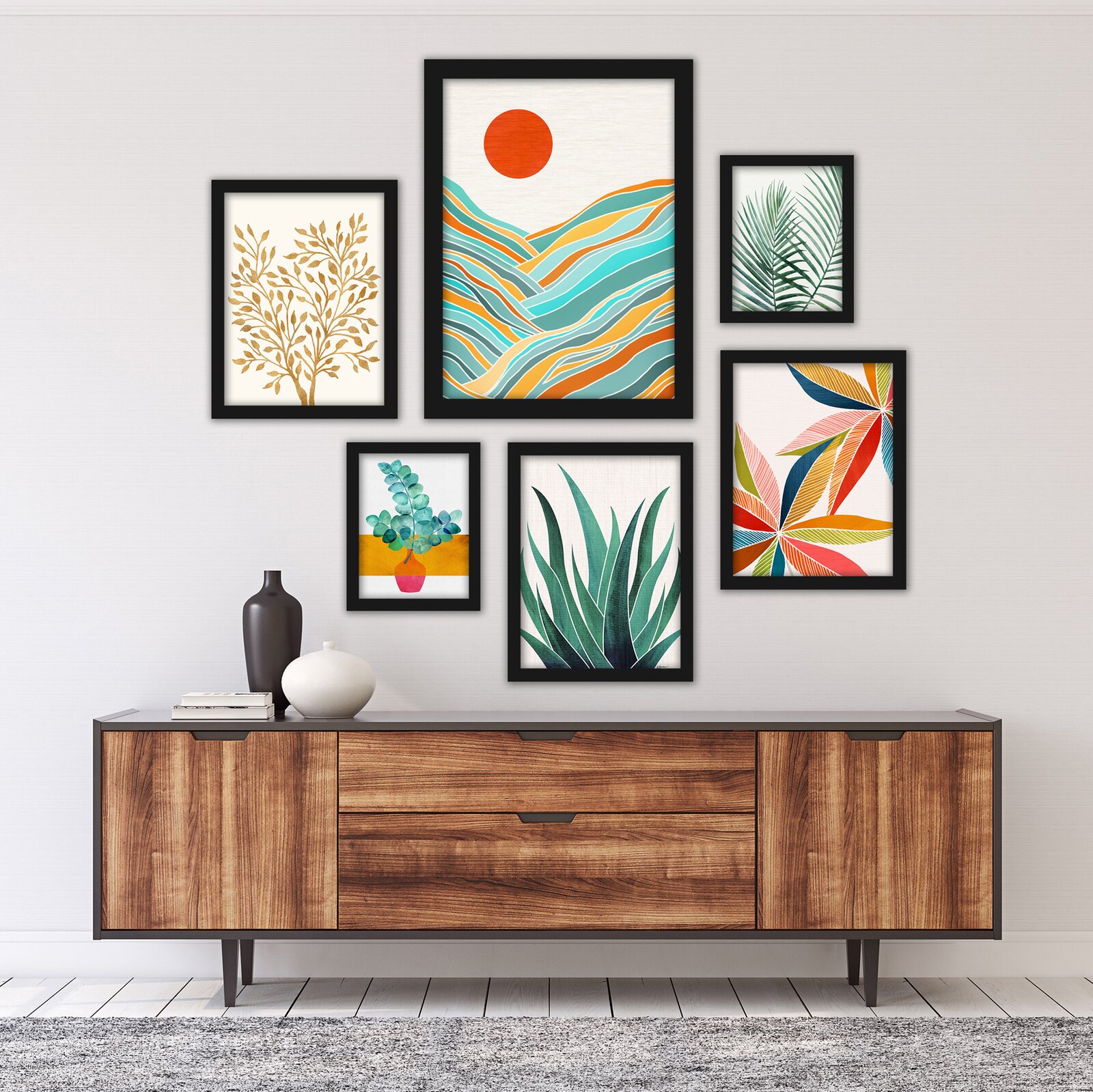
Next, decide whether you want to hang one big art piece or create a conversation-starting gallery wall complete with delightful juxtapositions of pieces to keep the eye moving. And do pay attention to scale when choosing and hanging art throughout your home as variations on scale can make all the difference when looking to define a room with striking statement-making finds. For example, if you are lucky enough to have high ceilings in your home, a large vertical piece will draw the eye up and highlight the space you have to work with beautifully.
Hang your art pieces at a height where you can easily look at and enjoy them like you see in art galleries the world over –you shouldn’t have to crane your neck to see your art pieces, and you shouldn’t have to look down as eye level is the perfect height to hang artwork. And when it comes to scale, installing a small piece of artwork along an expansive wall will look off and awkward. So if you do have small-scaled framed pieces of artwork and a very large wall to work with, create an intriguing cluster of at least three similarly sized art pieces so the look feels more justifiable and finished. As one will simply confuse guests and throw all of the other furnishings and features that you’ve brought into a room off while confusing the eye.
Decorative Accessories And Extras Pillows
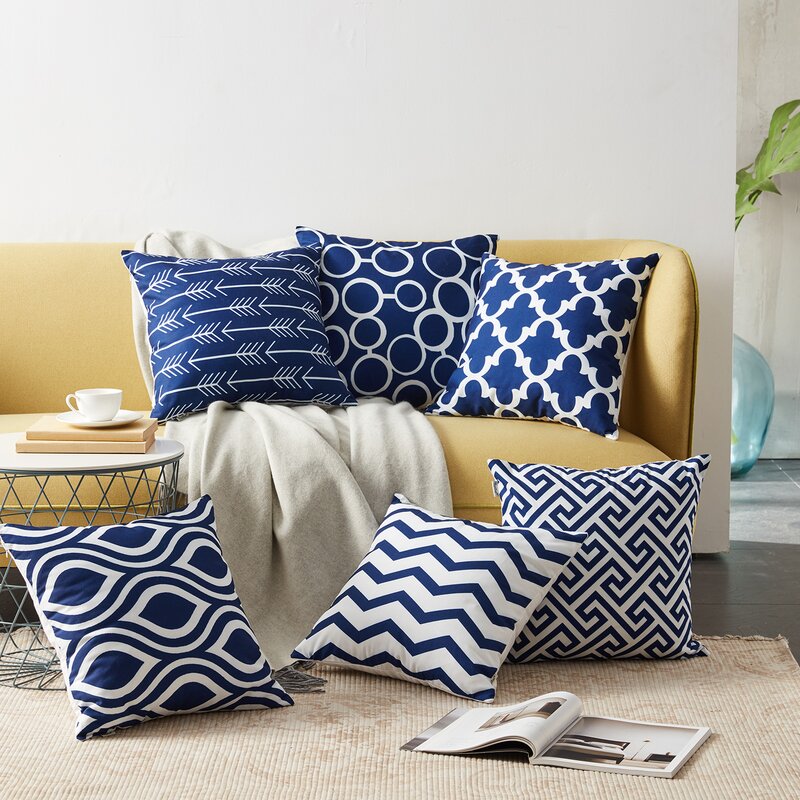
Throw blankets, books, and decorative objects like vases, vessels, sculptural figurines, and cherished collectibles should be considered the final layers and elements you’ll need to add to unify a space and make it feel well-judged, complete, and unique to you. This final step in the interior design process will give you an opportunity to personalize every room in your home with visually interesting items that will reflect your style and passions, like a slew of coffee table books featuring the work of your favorite interior designer, artist, and musician or a sentimental vase you bought while traveling for a genuinely wanderlust feel. To make everything feel well-judged and easy on the eye you should curate and edit the decorative objects that you bring from season to season.
After all,you still need every room to feel like a functional living space, so don’t crowd every surface with decorative accessories and add-ons as a light hand is always best when decorating a home. And do make sure that there’s plenty of space to put down your phone or a beverage as you should have free surfaces throughout your home. And since we’re talking about accessories, keep in mind that they are a lot less expensive than major furnishings so you can be much more playful in your selections. And best of all, do move your accessories around your home from room to room for quick refreshes each season. This way you’ll get to play around with the idea of fresh placement while making a room feel almost new again in the meantime. Because in reality, just because you bought that Moroccan vase for your living room doesn’t mean that it has to spend its entire time with you trapped in that one spot where ultimately you’ll end up bored with it.
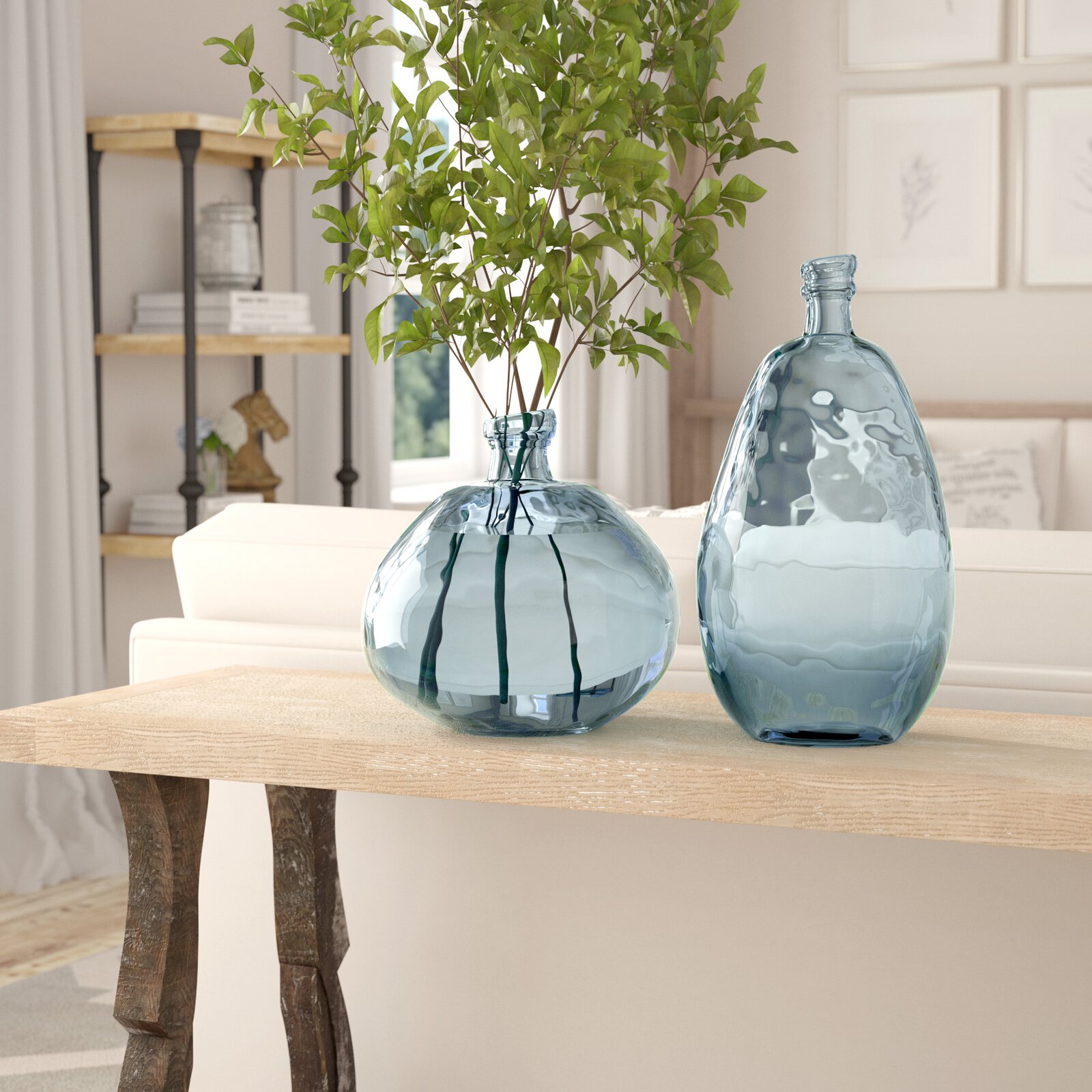
All in all you should also let go of the old-school interior design idea that a room needs to feel completely “done.” One of the fun things about decorating is that your space will always be evolving, and you tired of a heavy feel while making your home look cluttered and disjointed. If an item doesn’t bring you joy, don’t force it into your interior design. Take things slowly, and enjoy the interior design process and be explorative as you’ll be sure to learn more about yourself, your tastes, and your vision as you decorate your home. In essence, there’s really no wrong way to get the look ‘right’ as long as you face your project with an open mind, resourcefulness, and a pared back hand.

